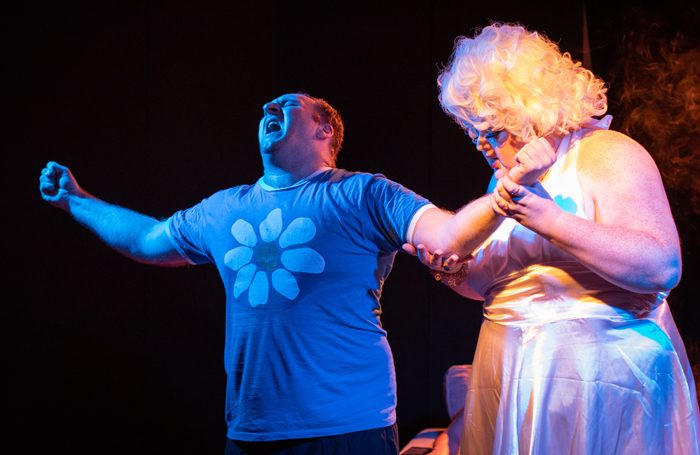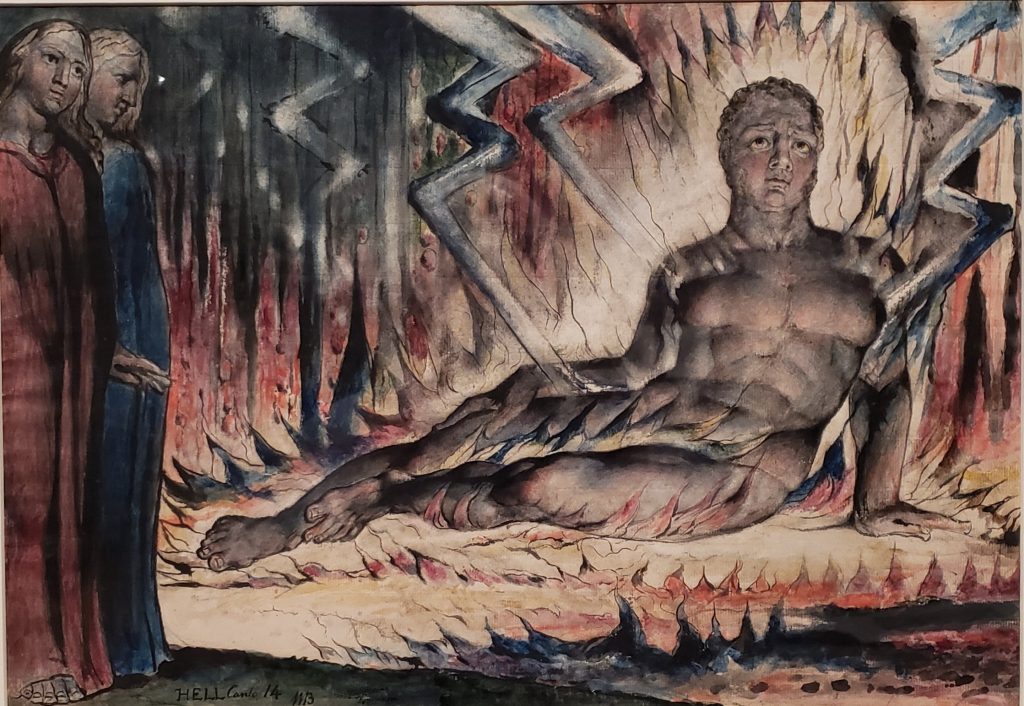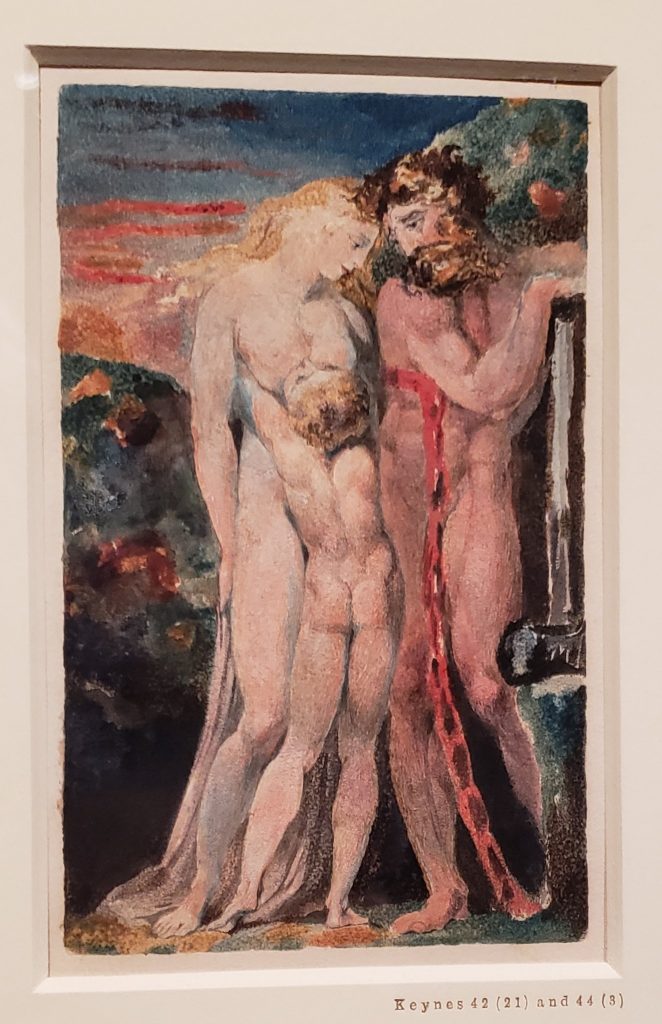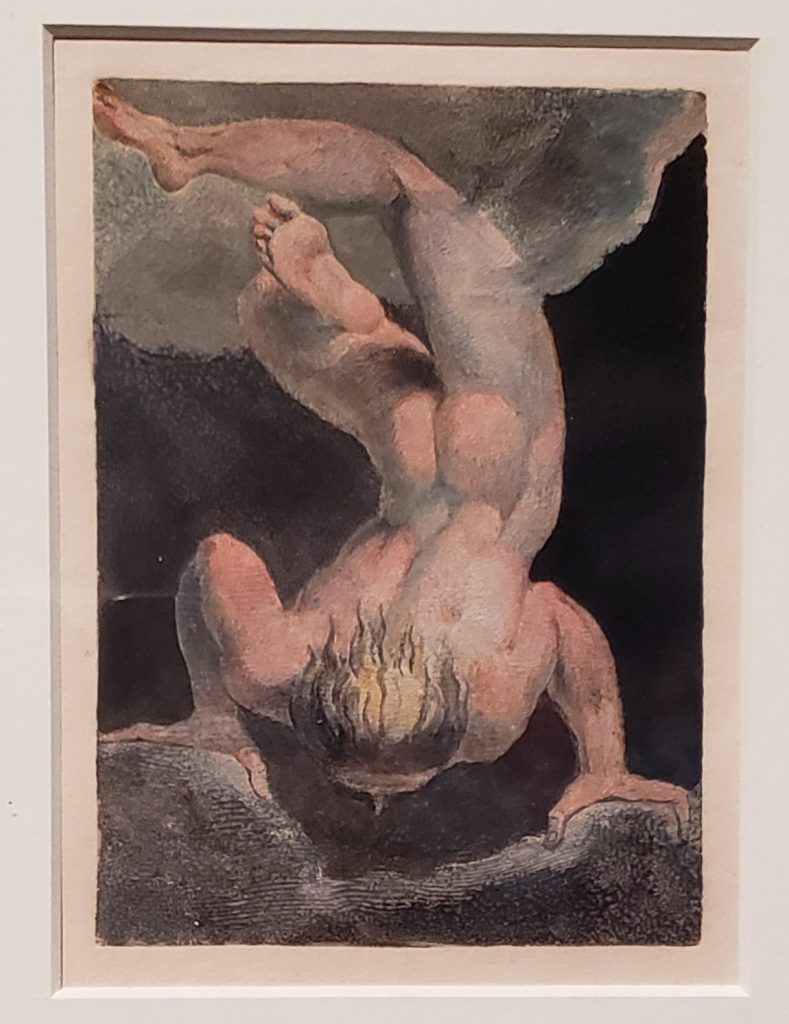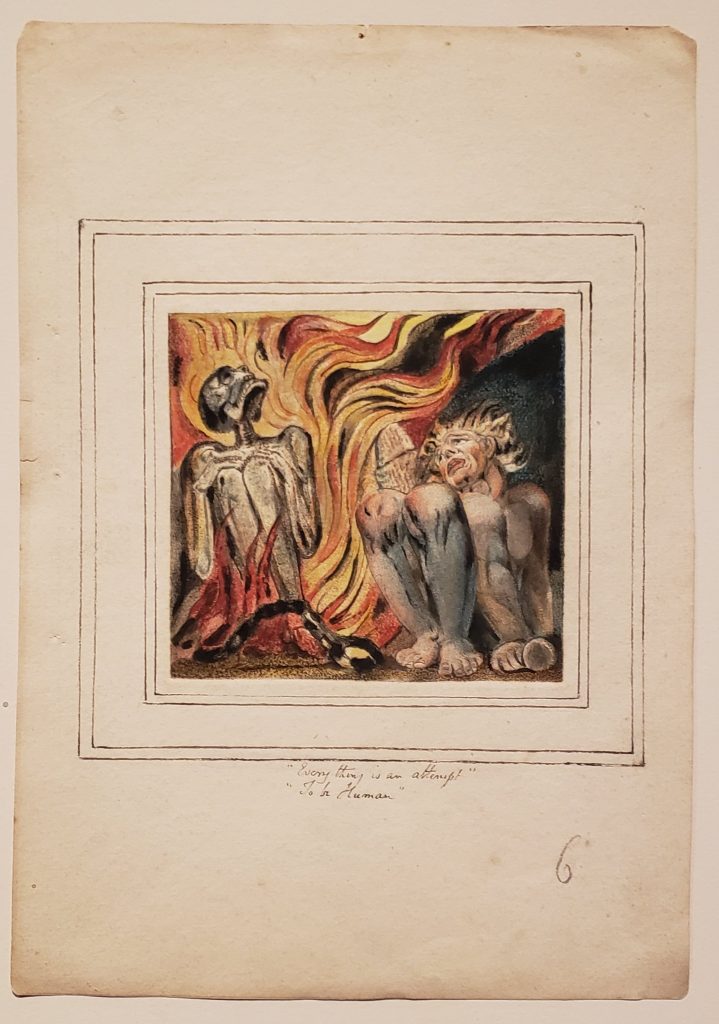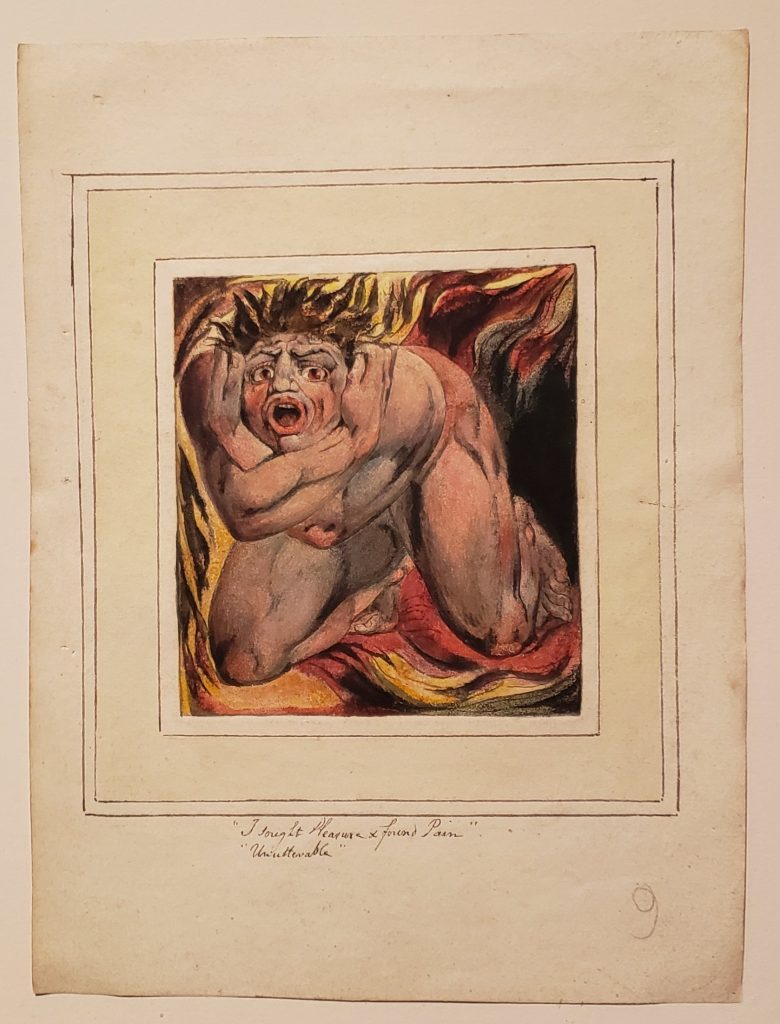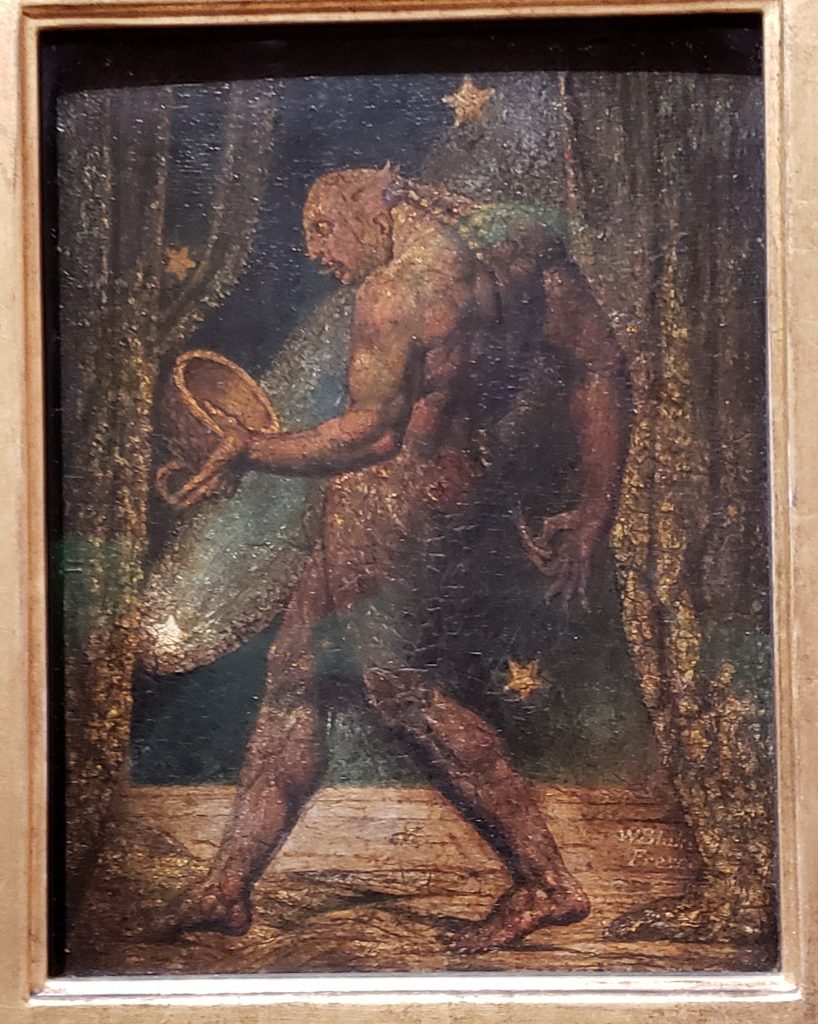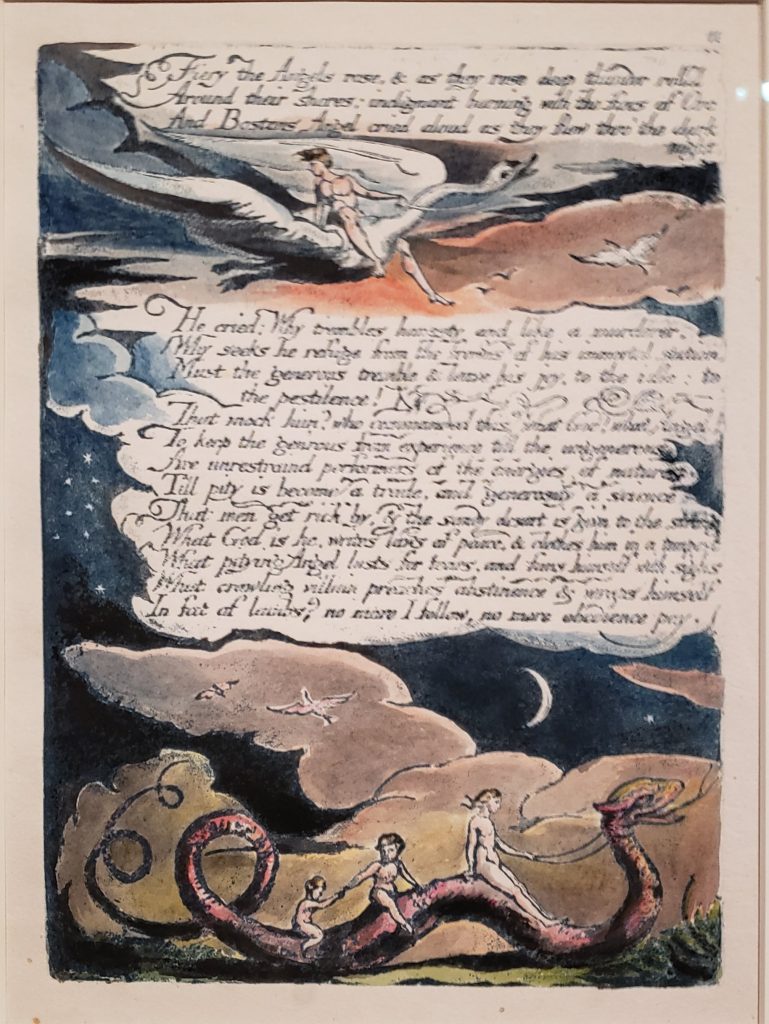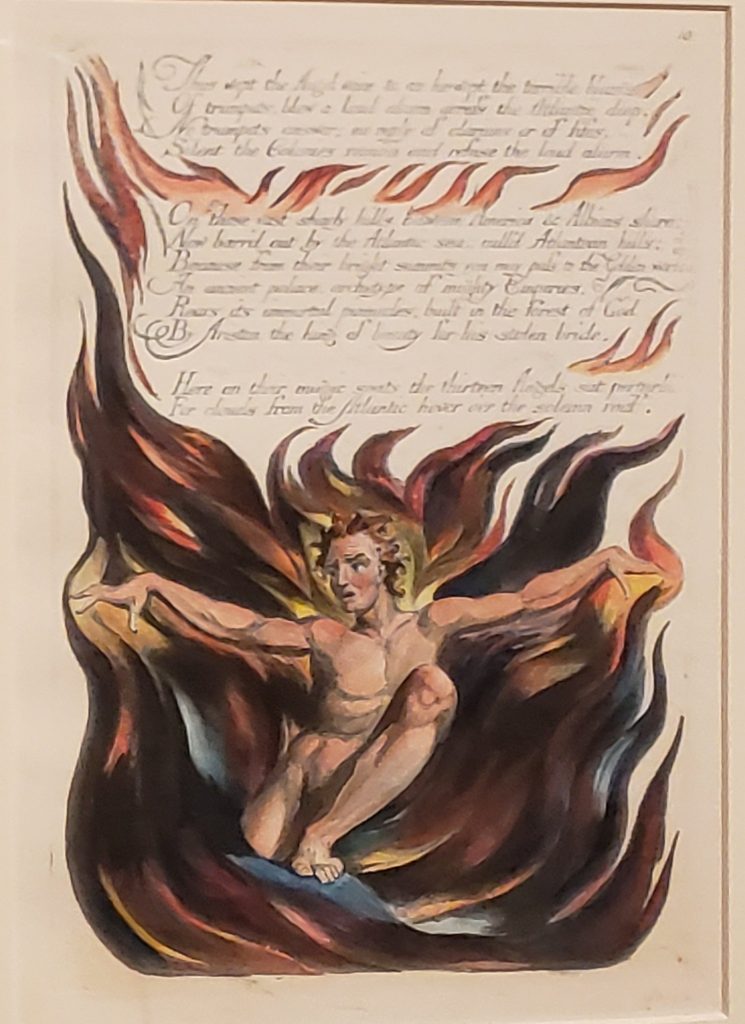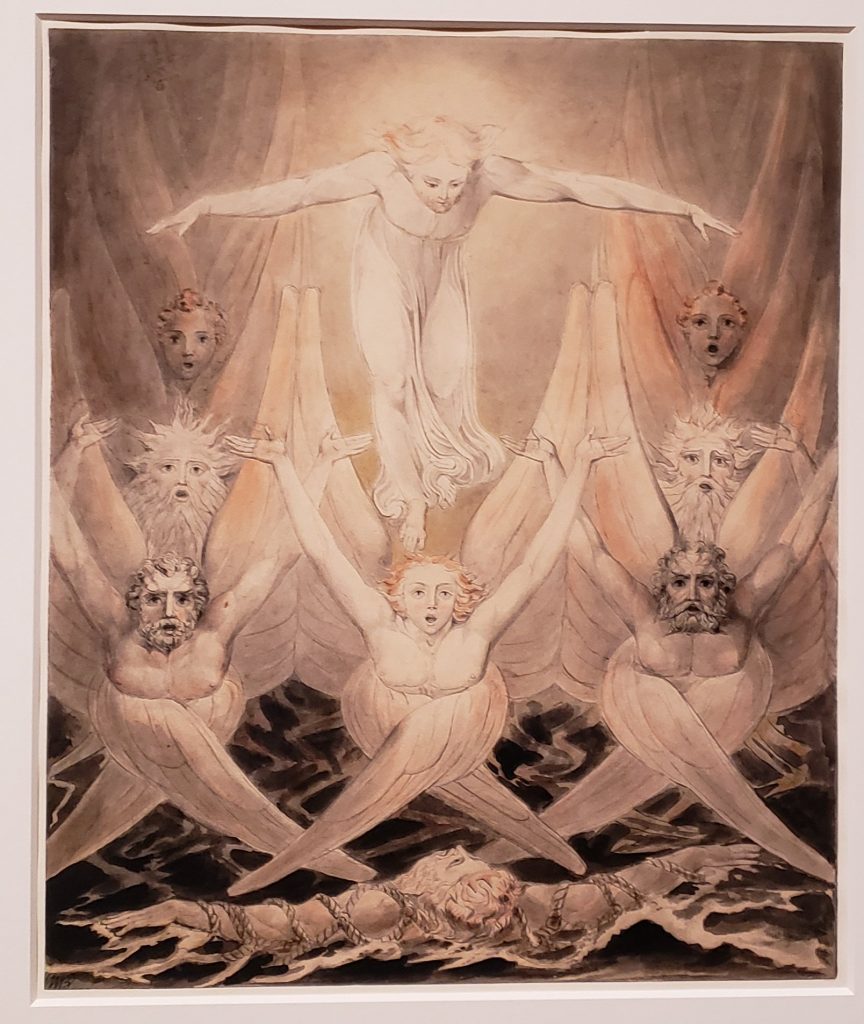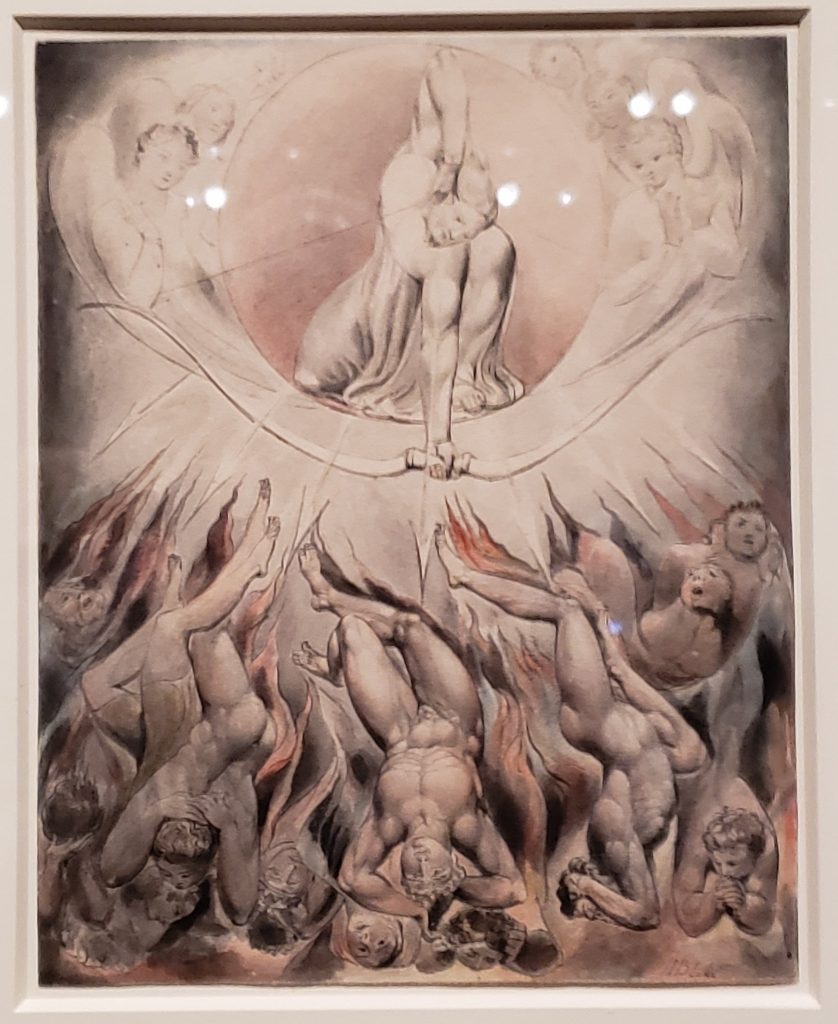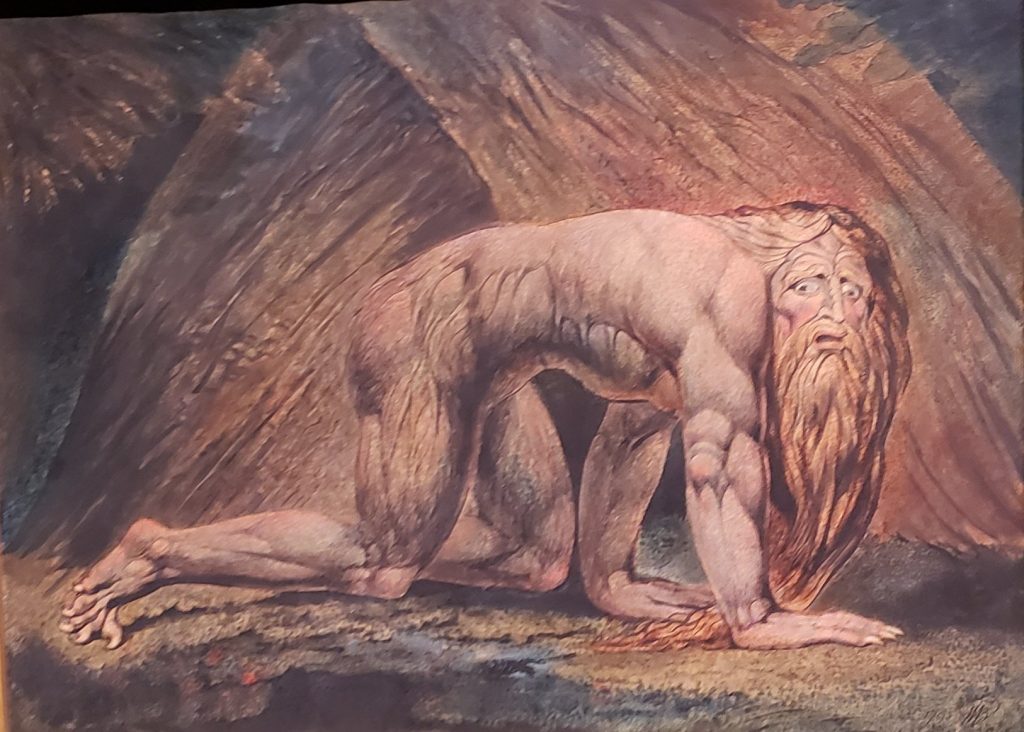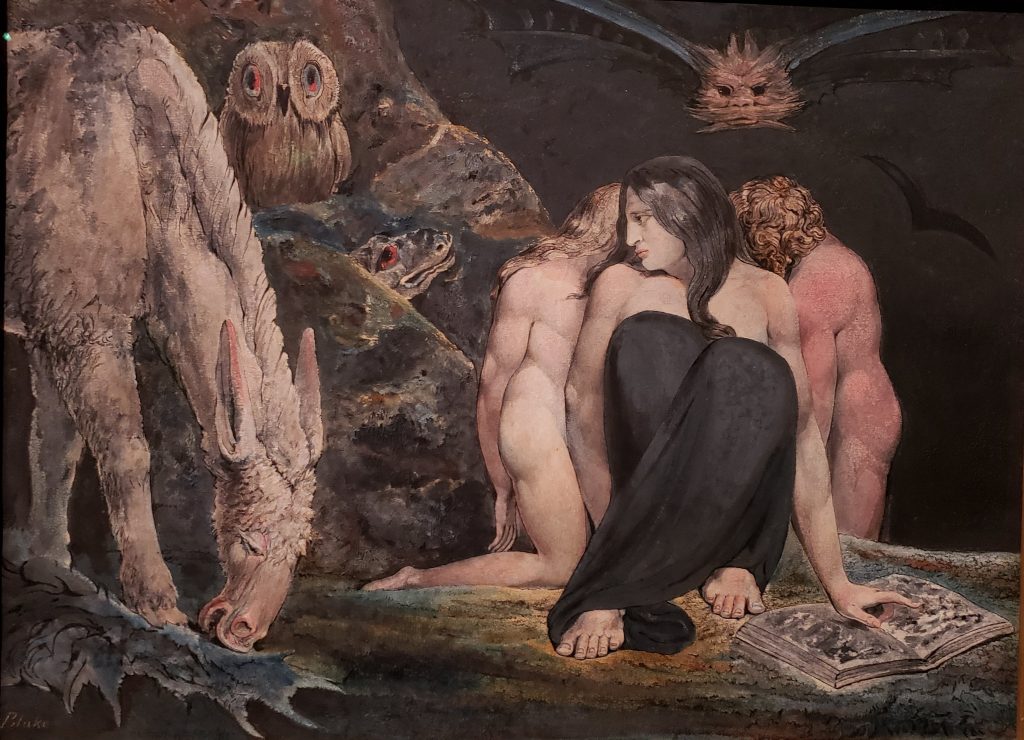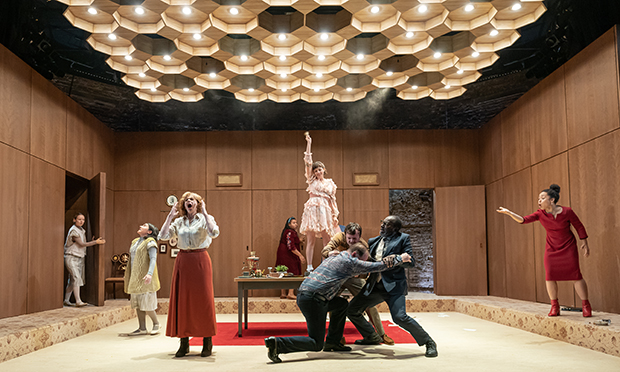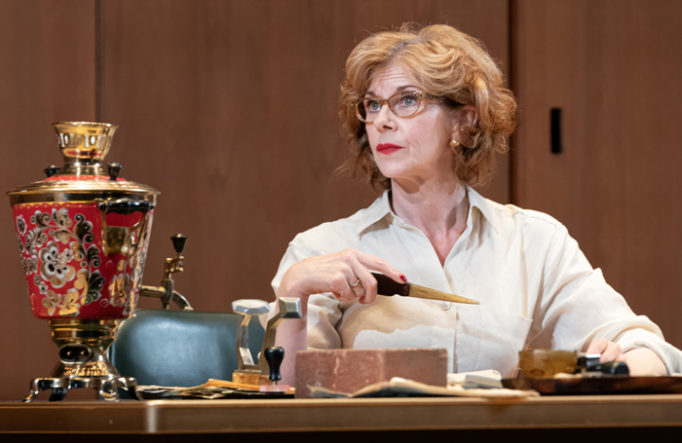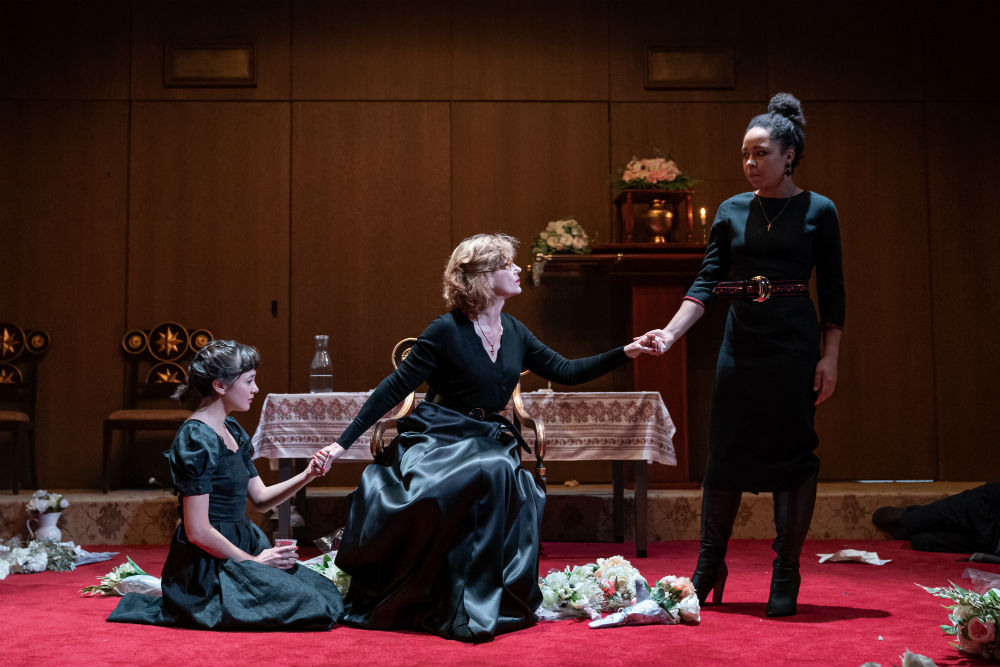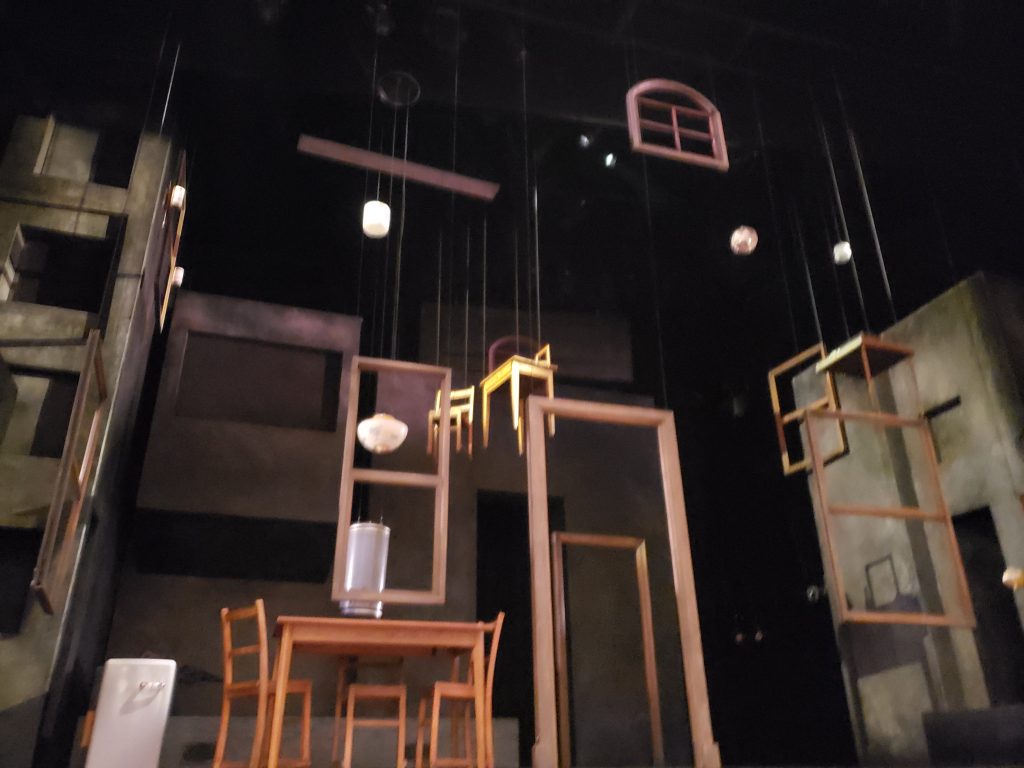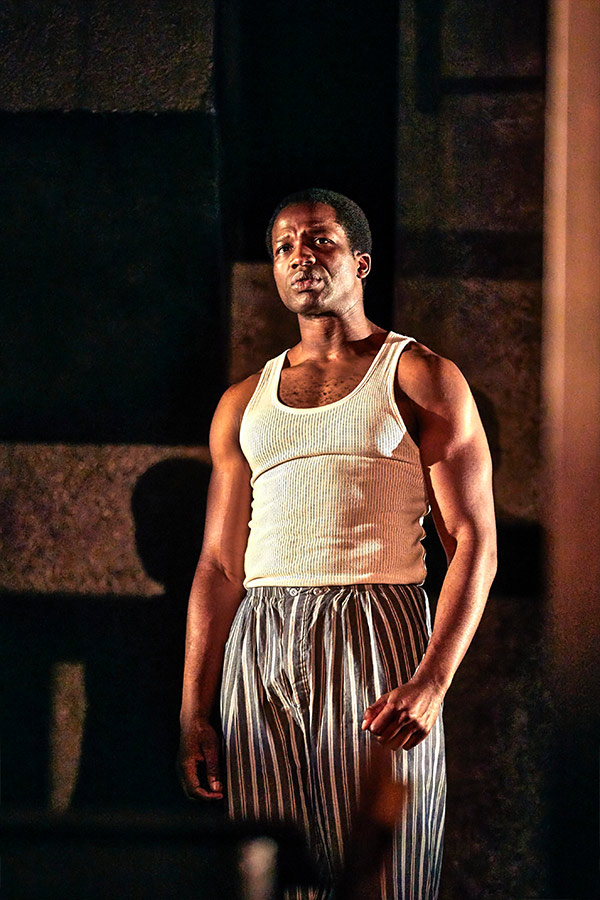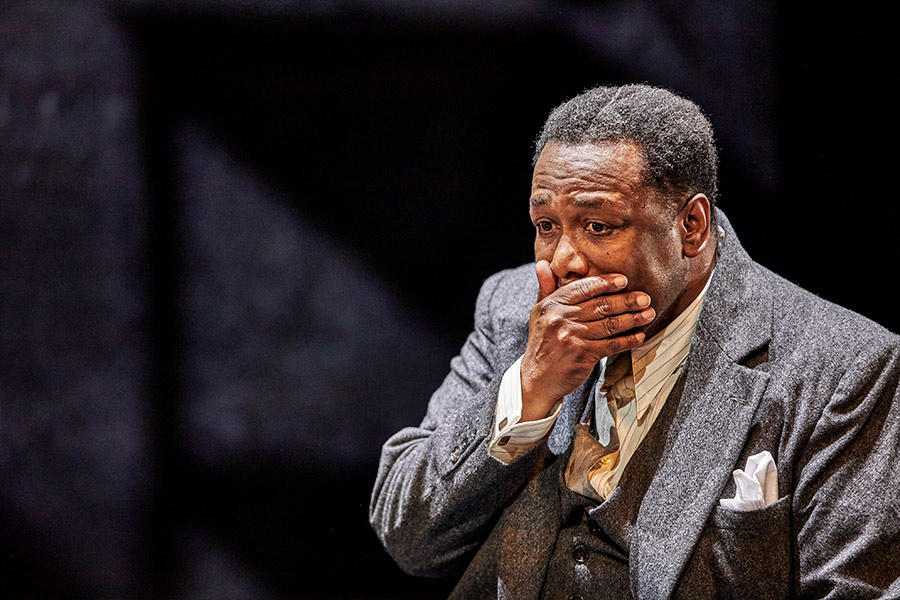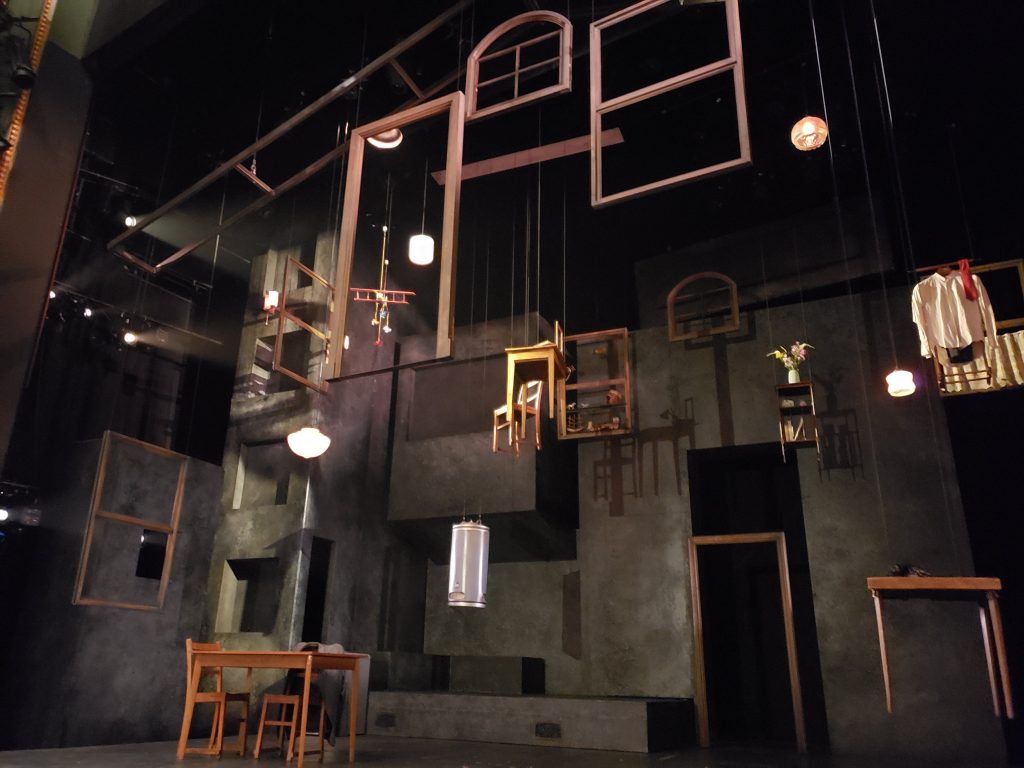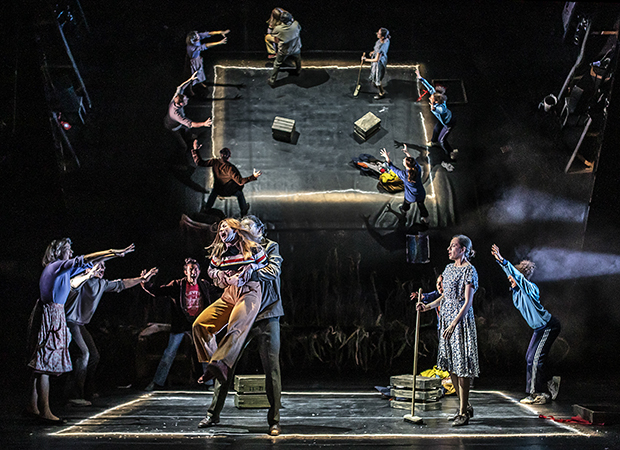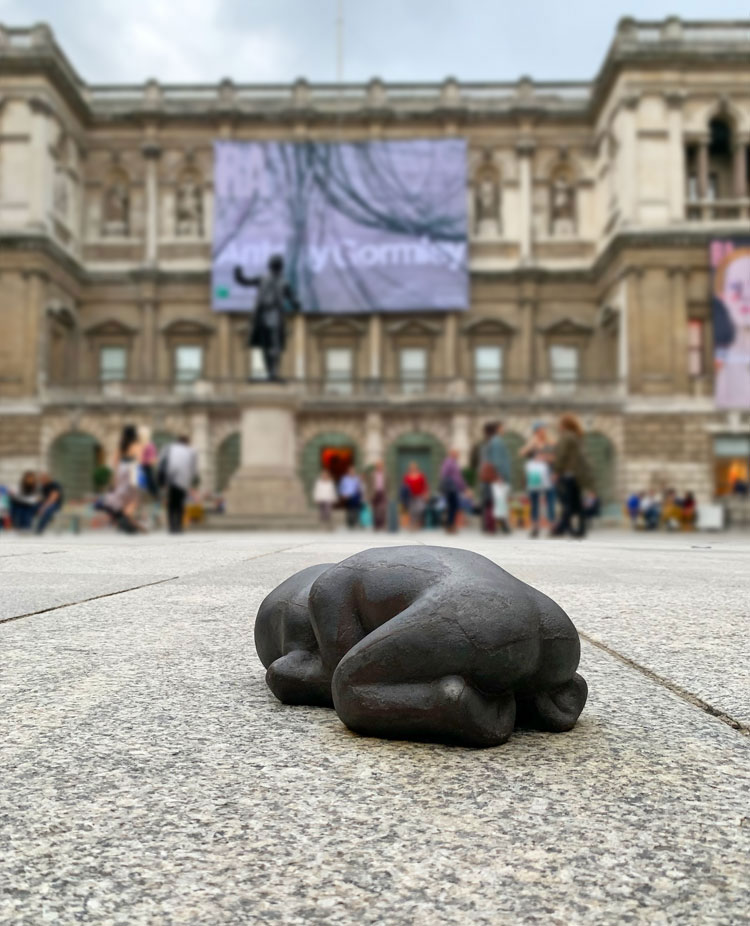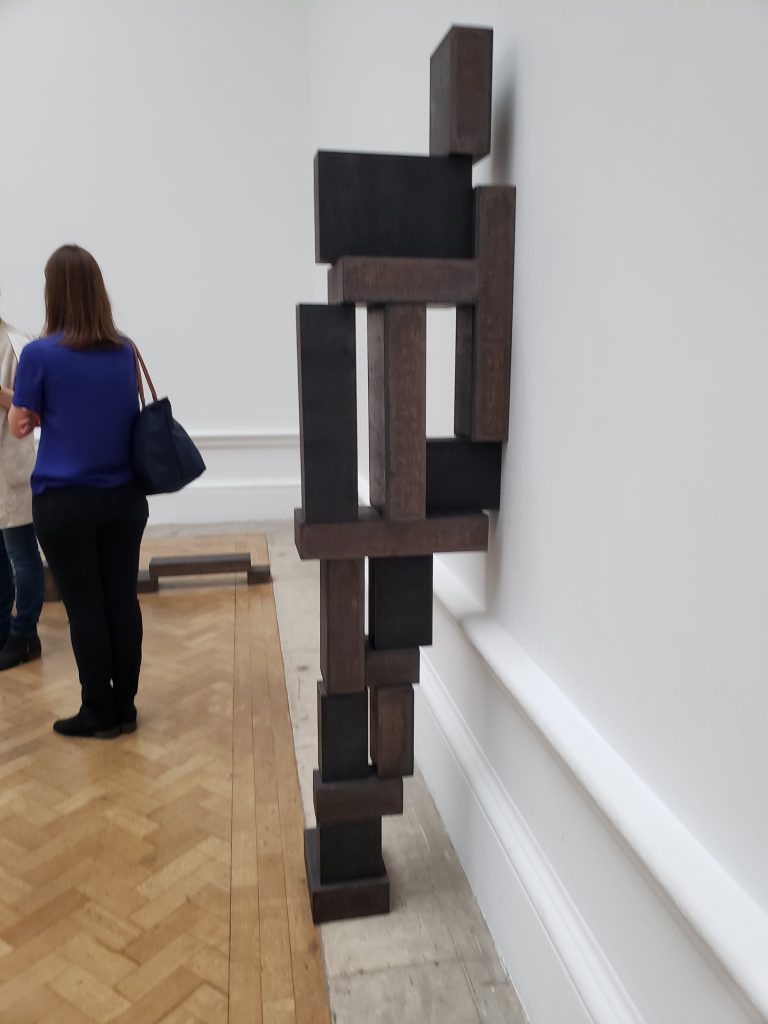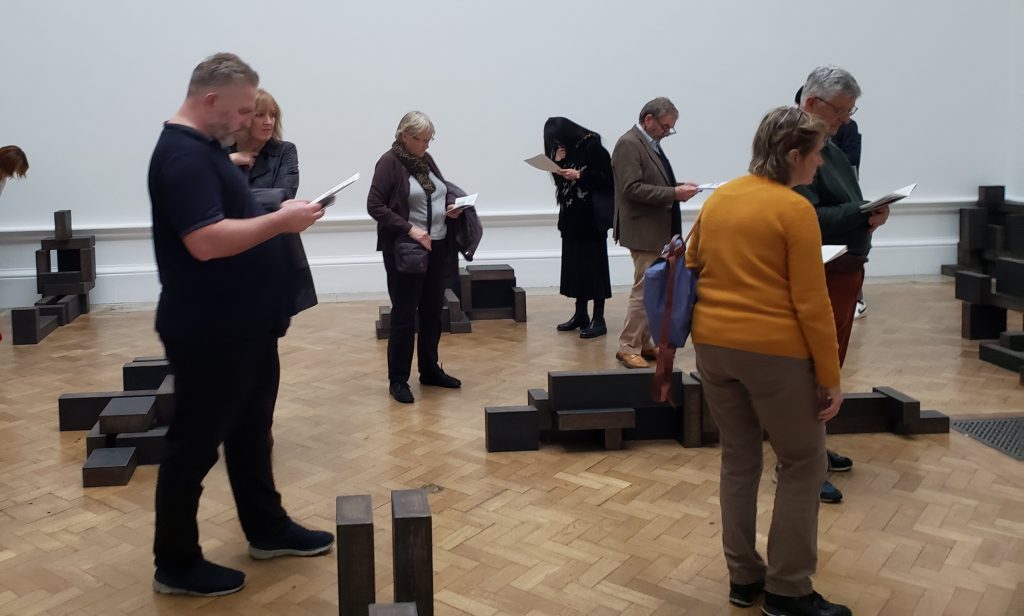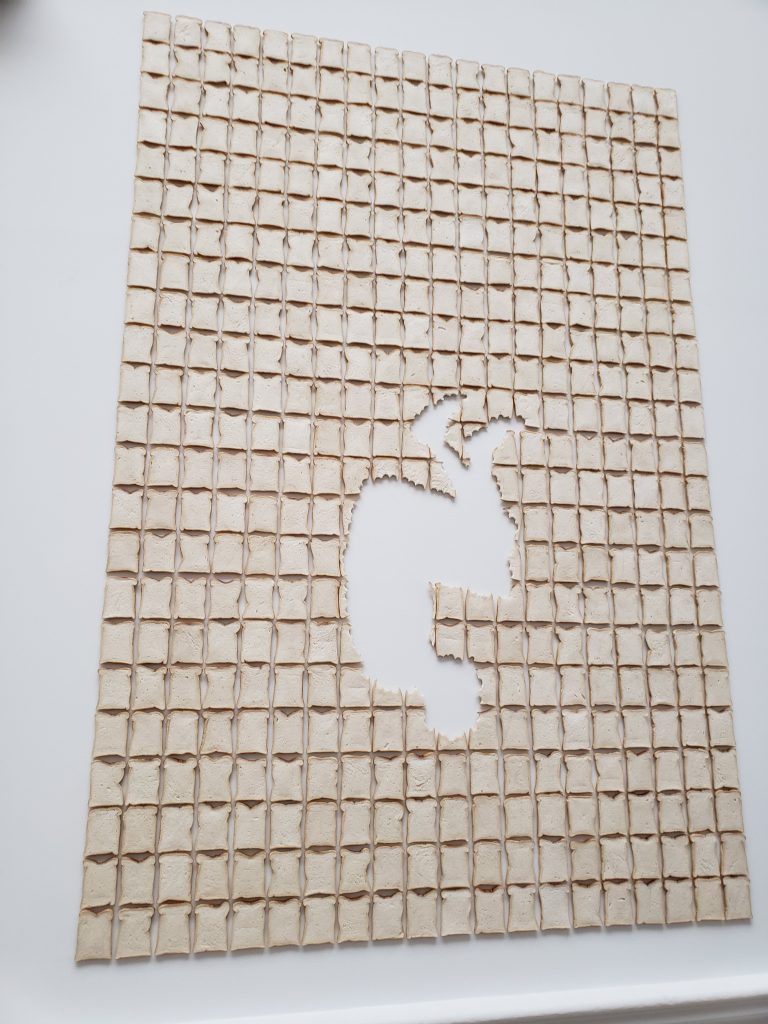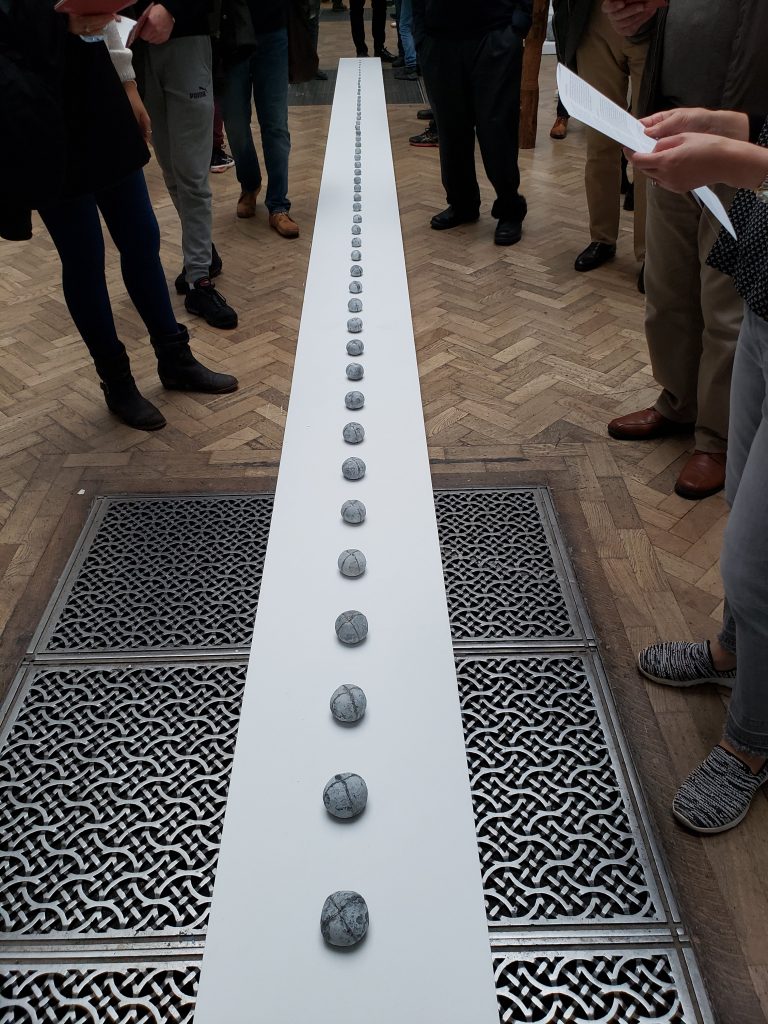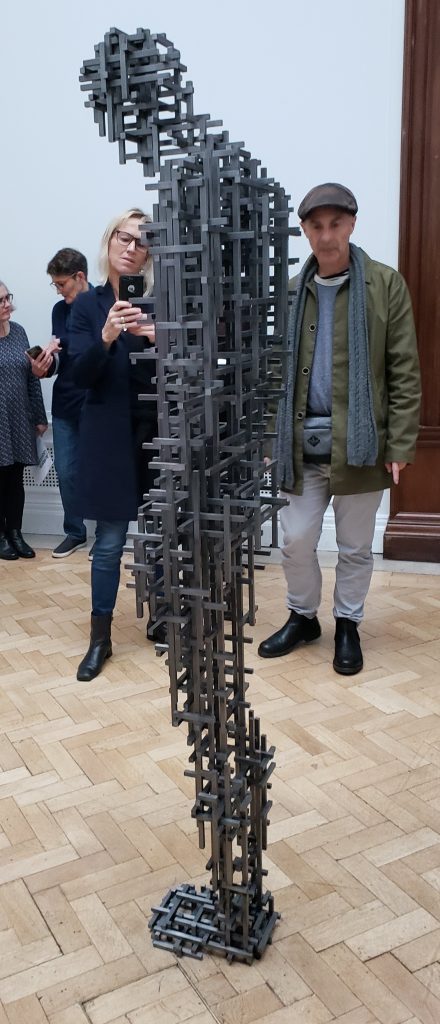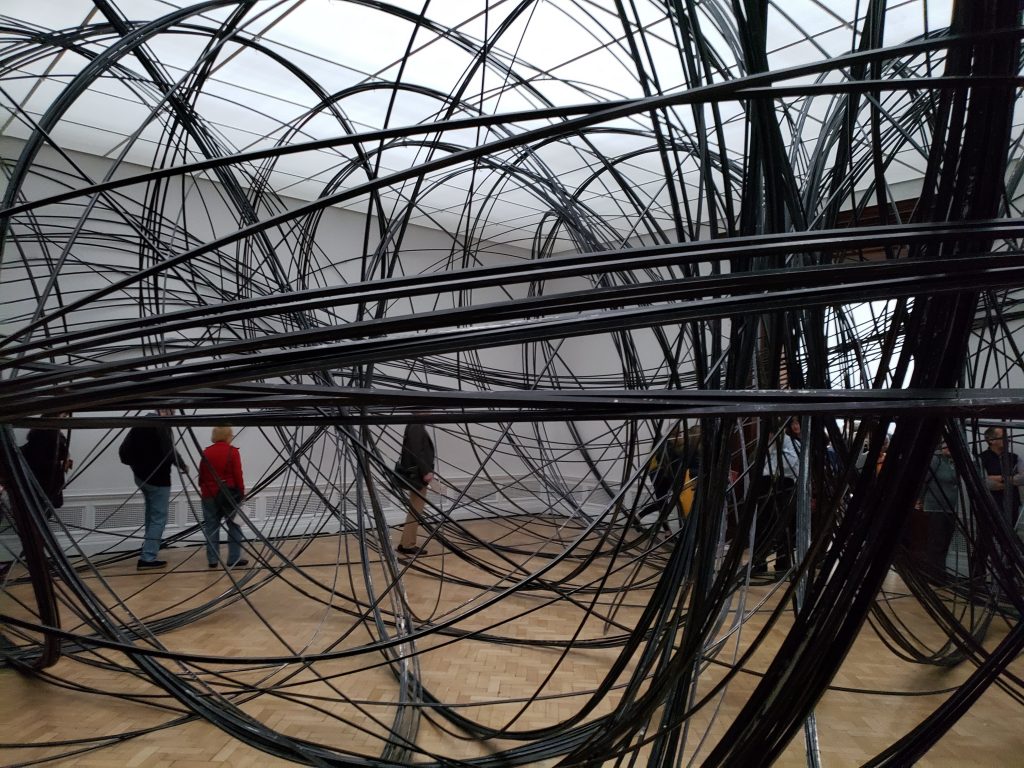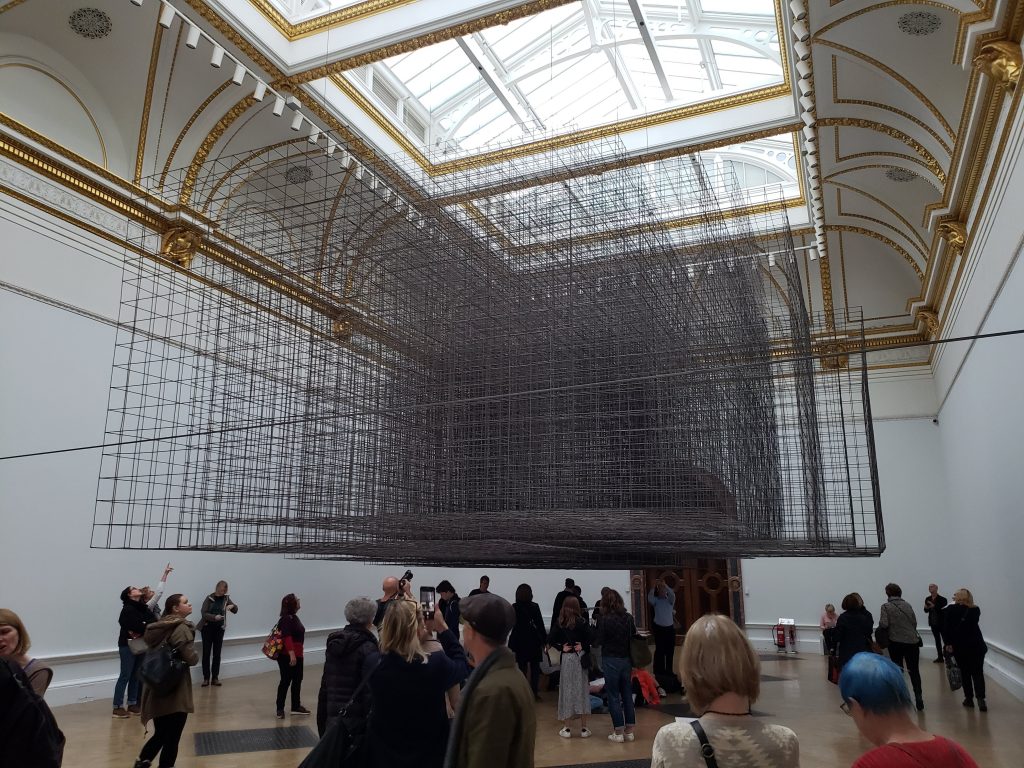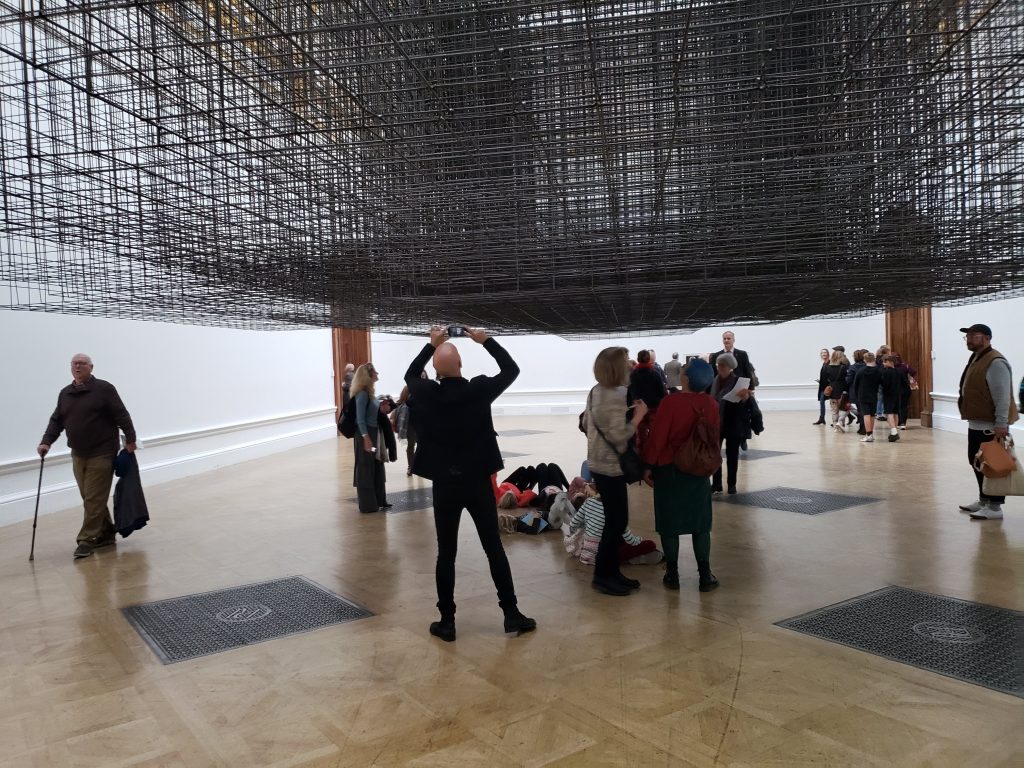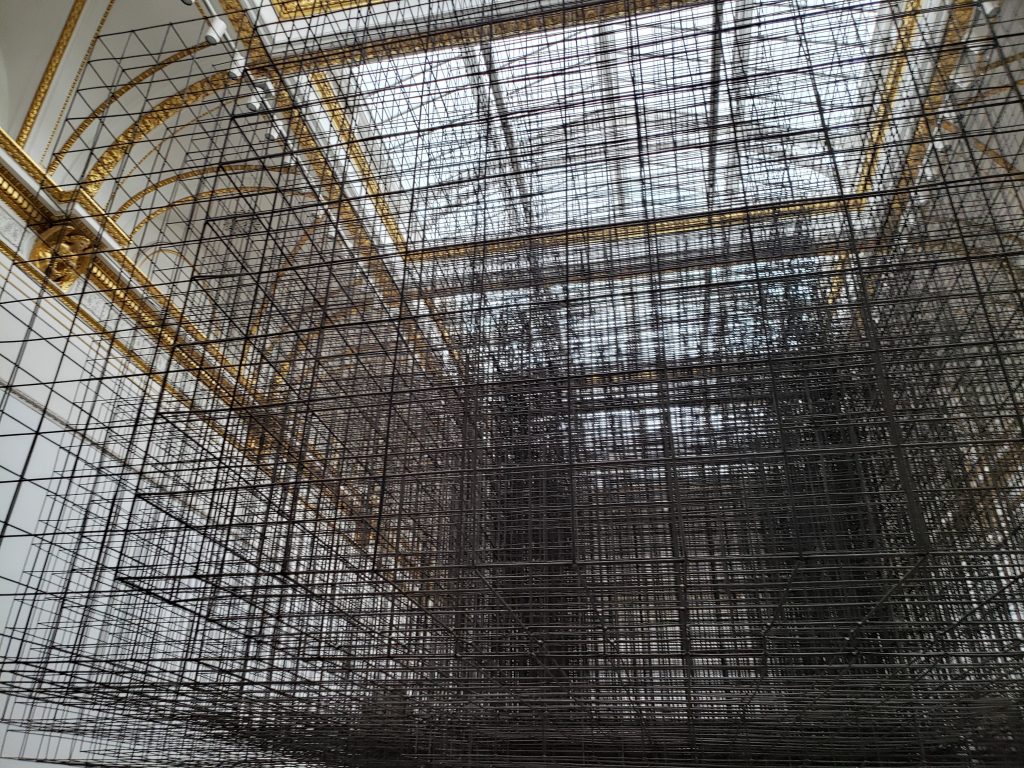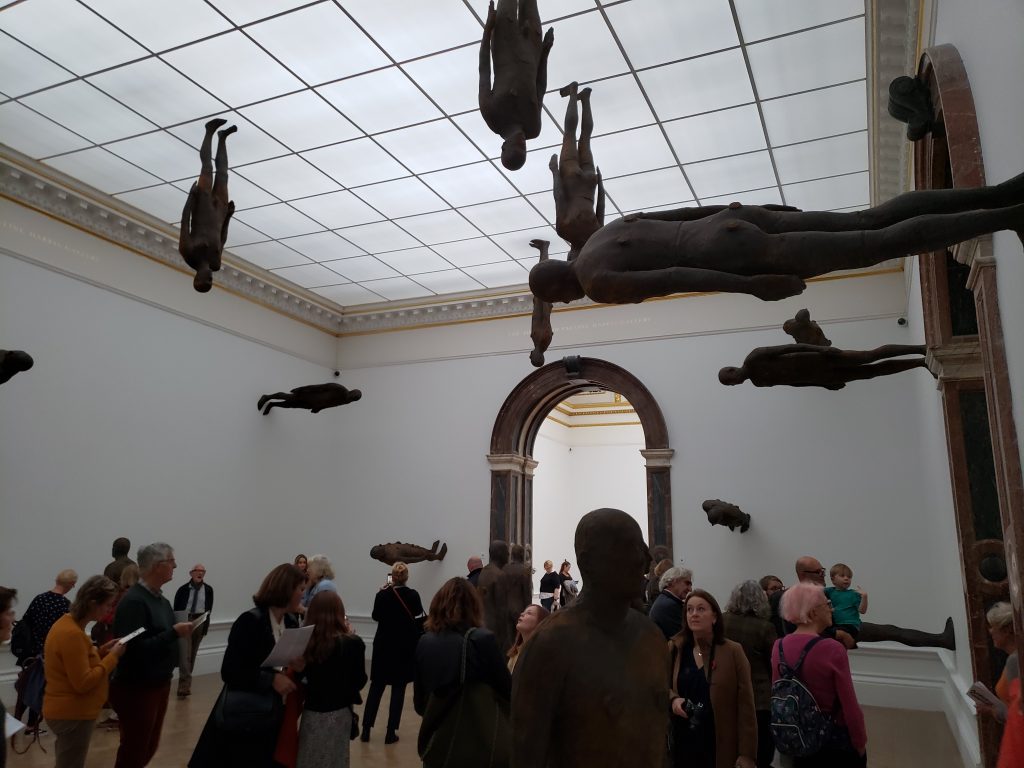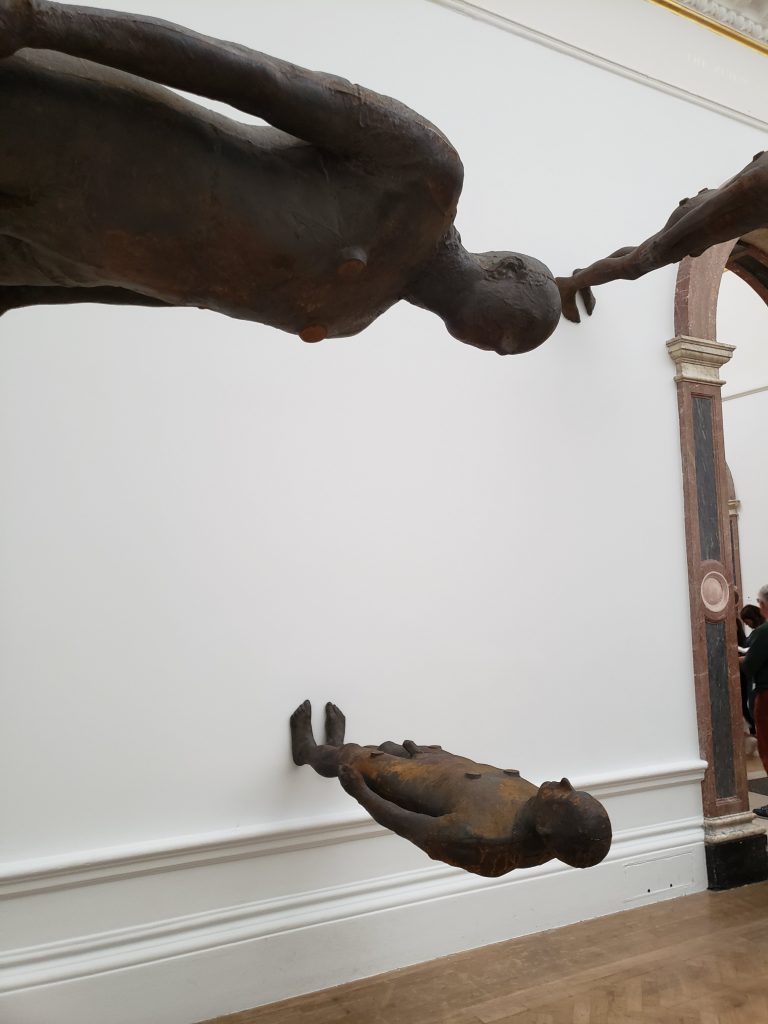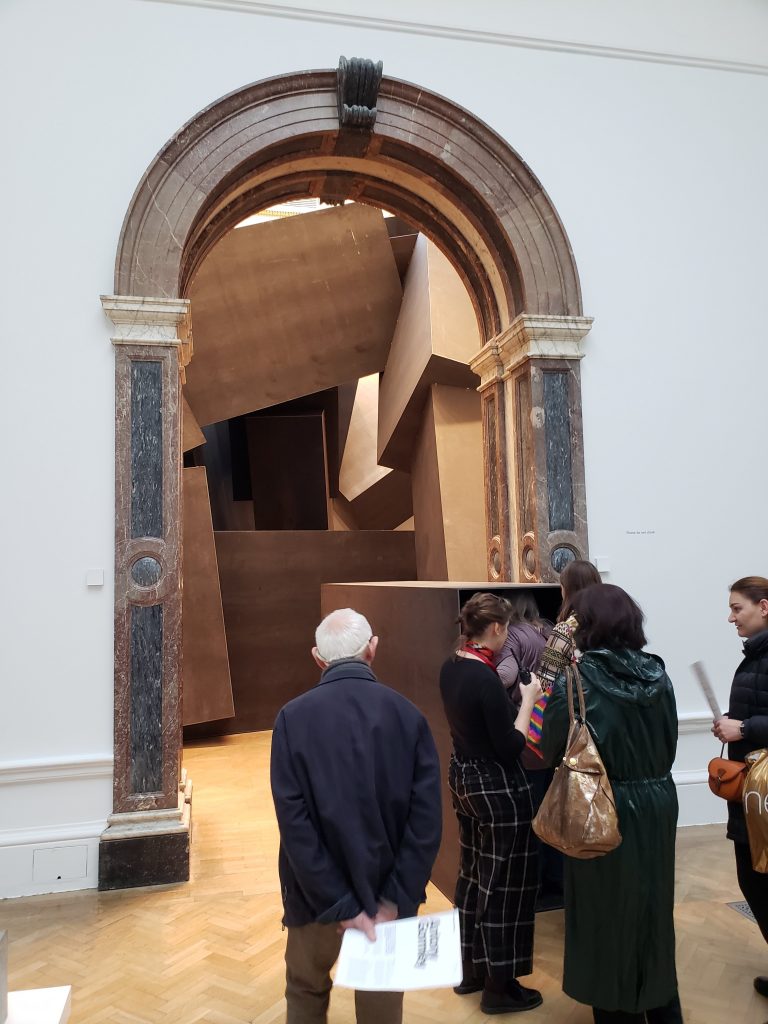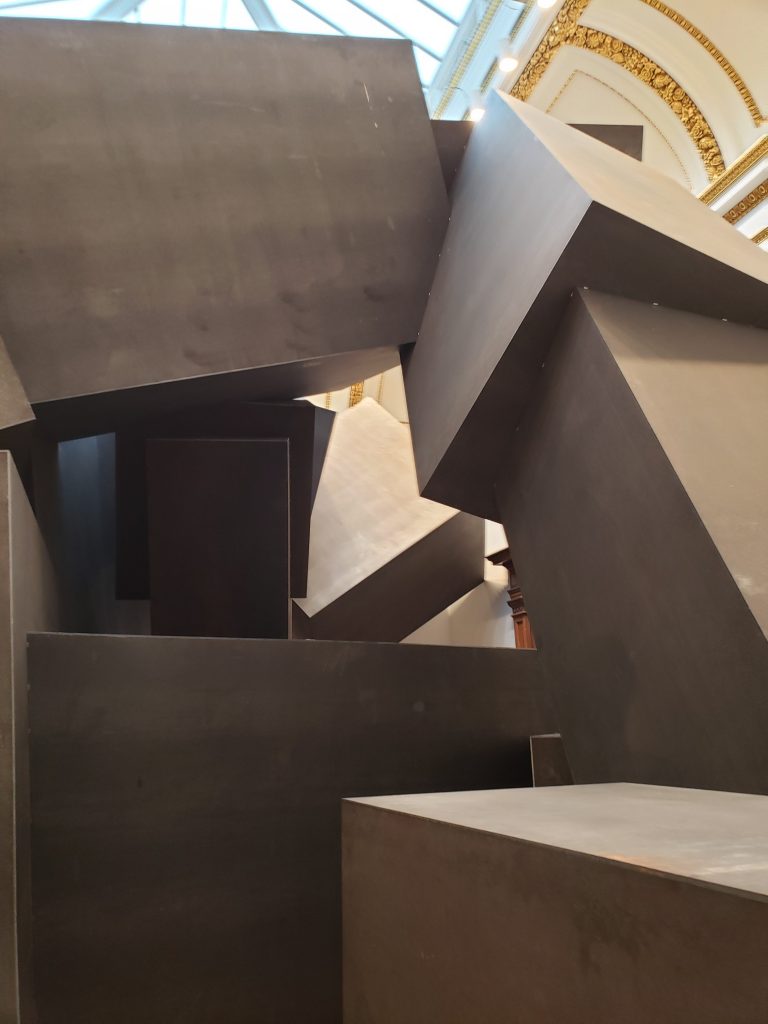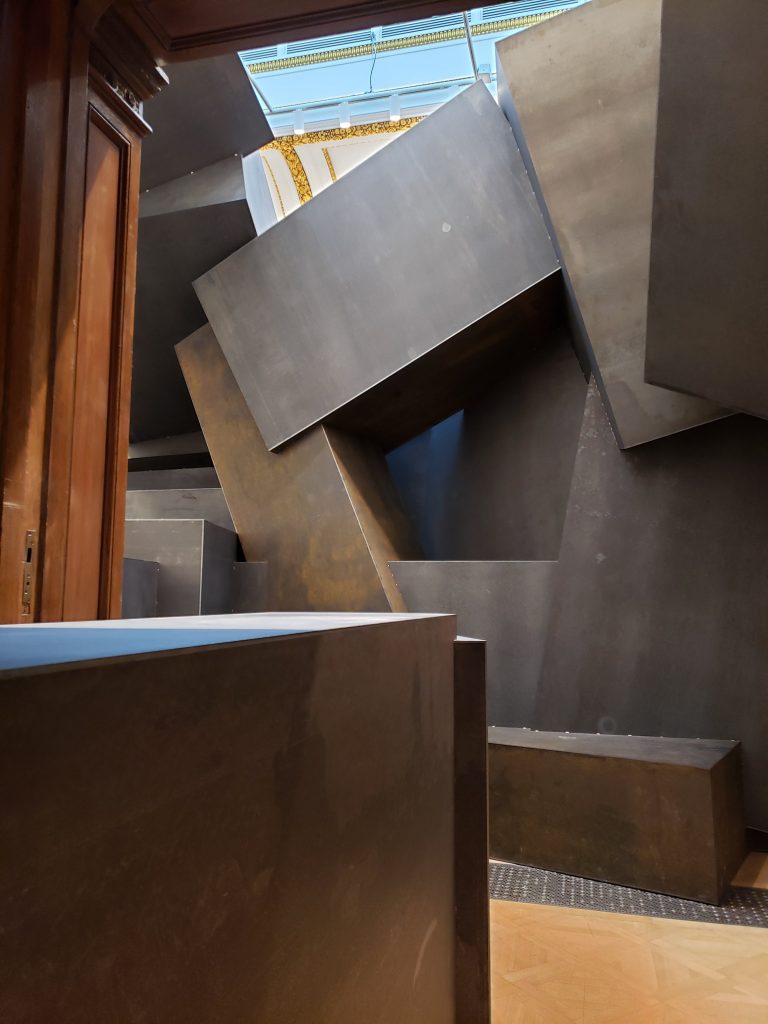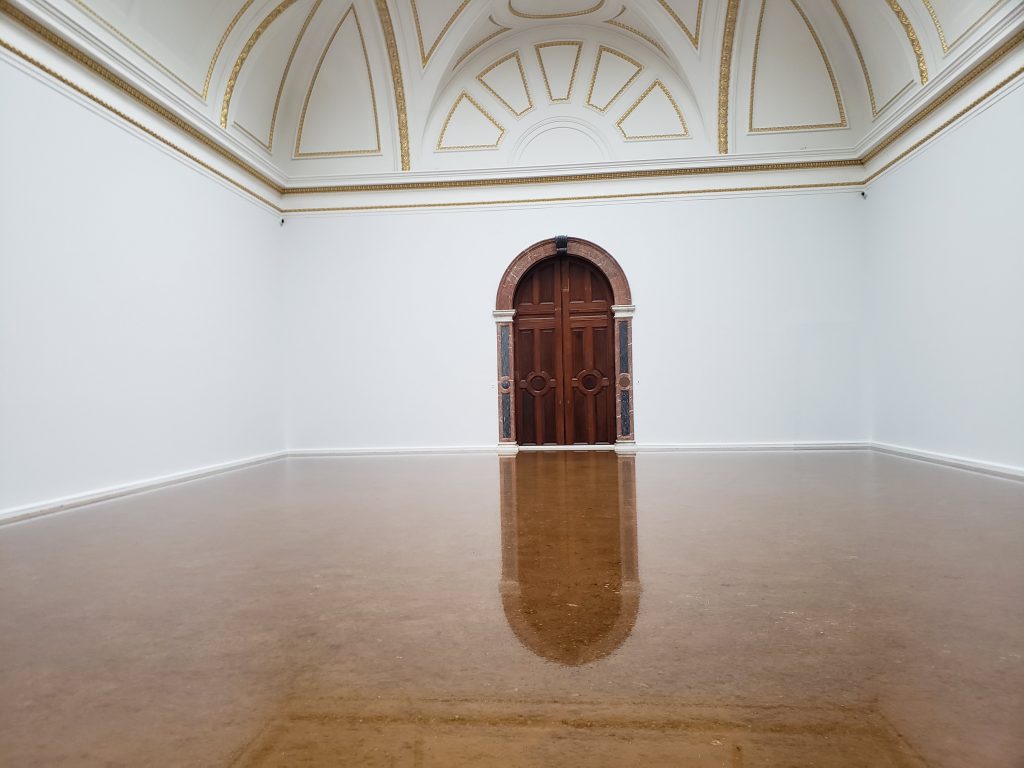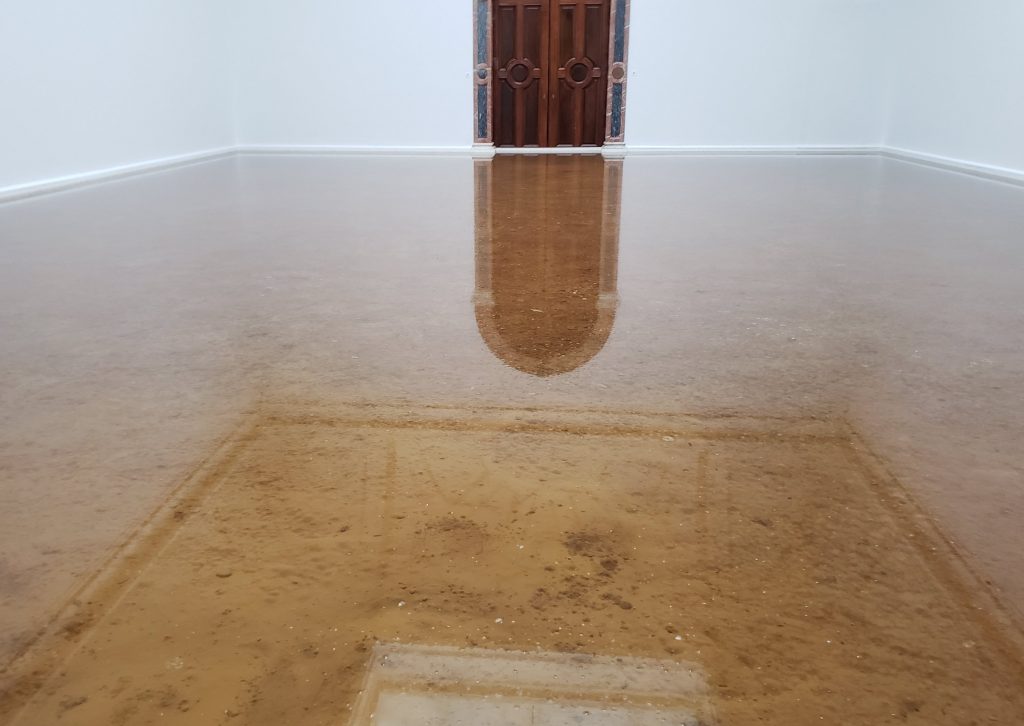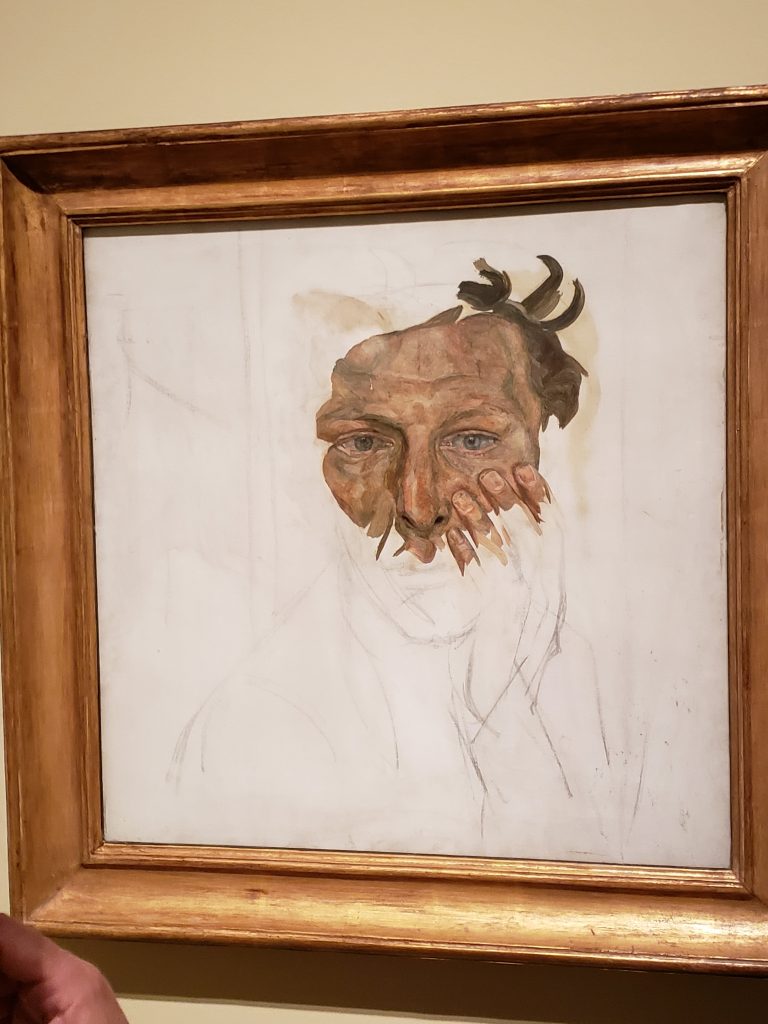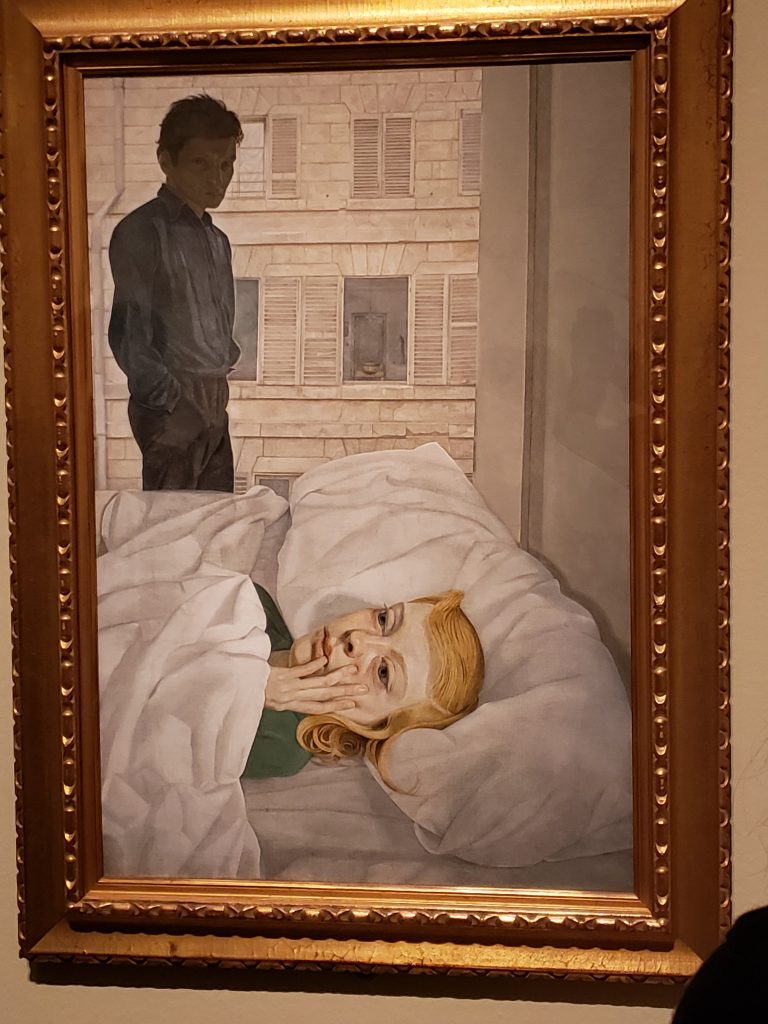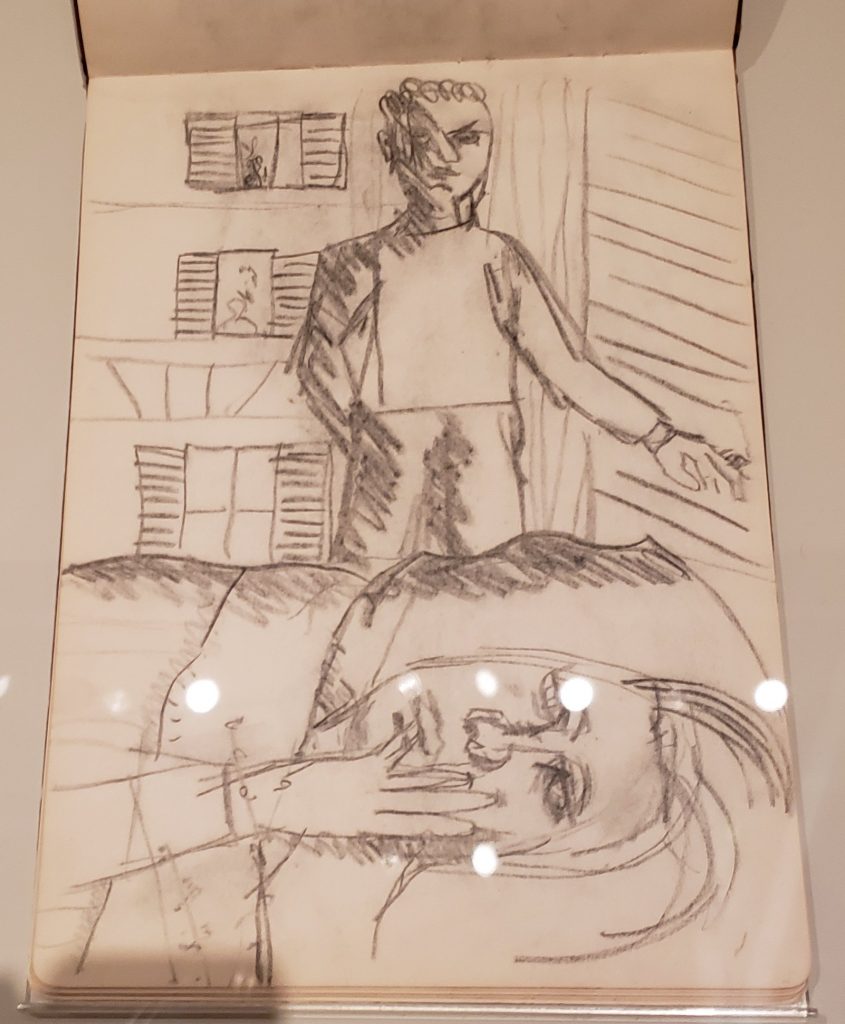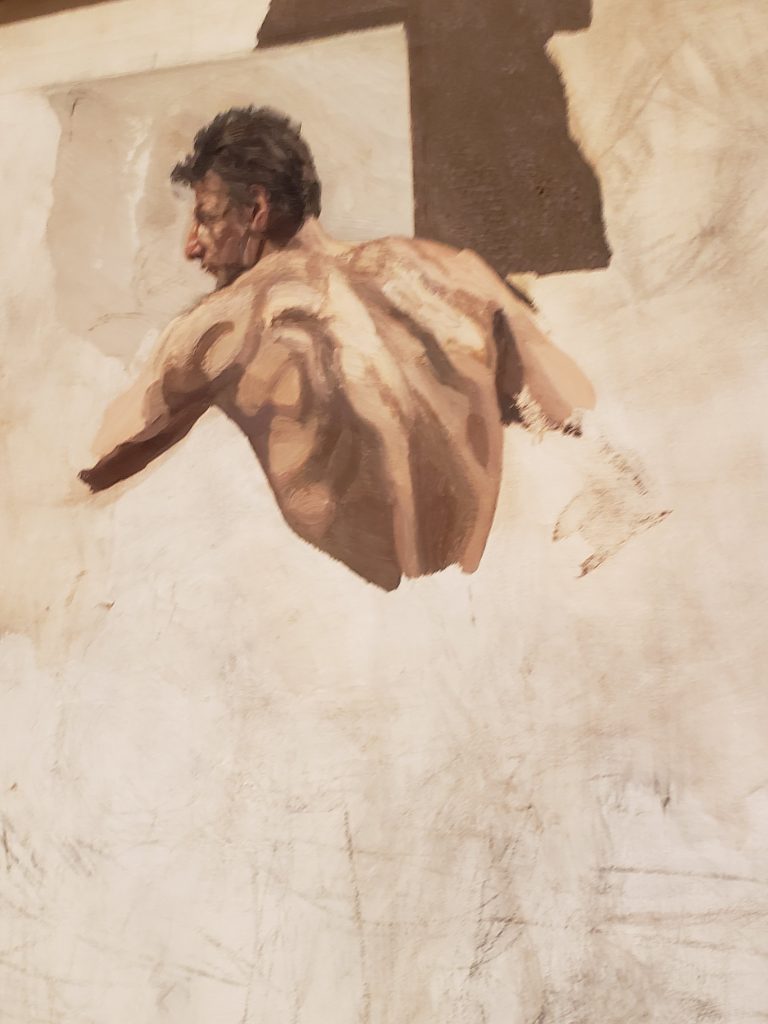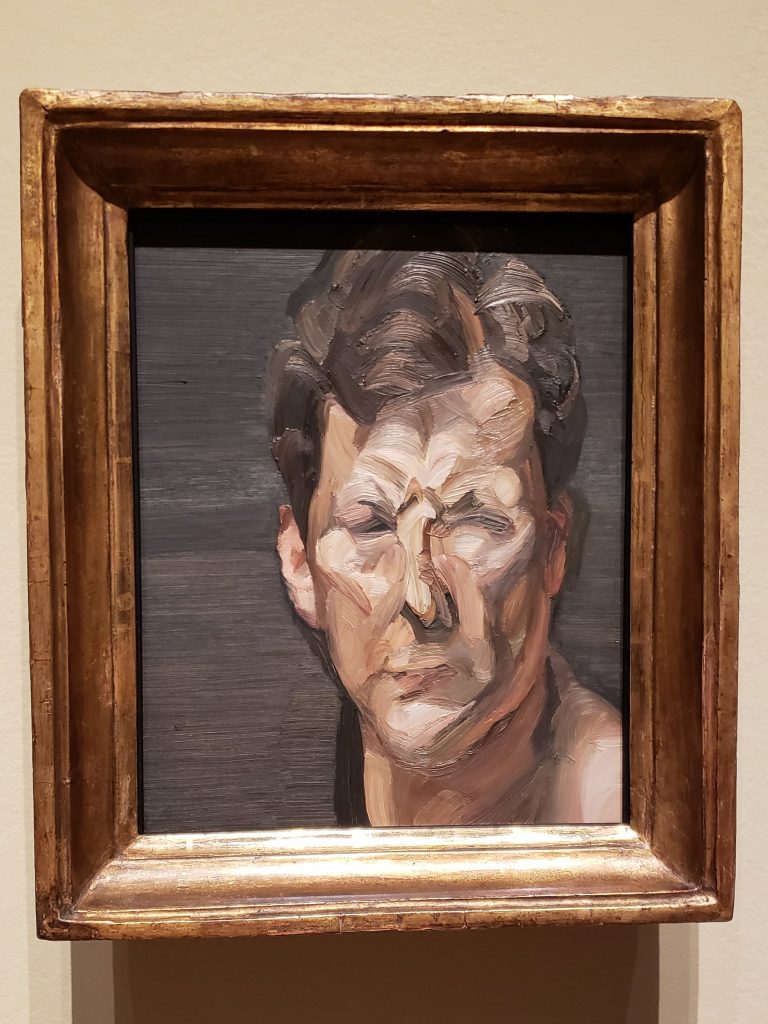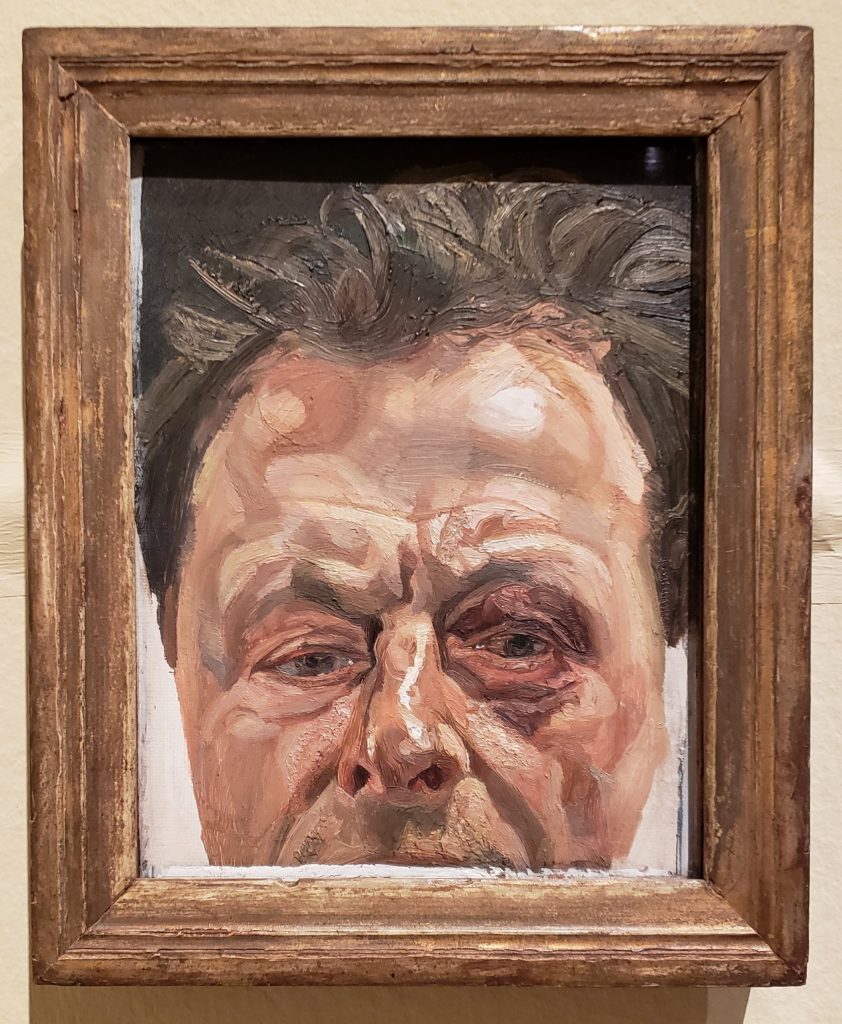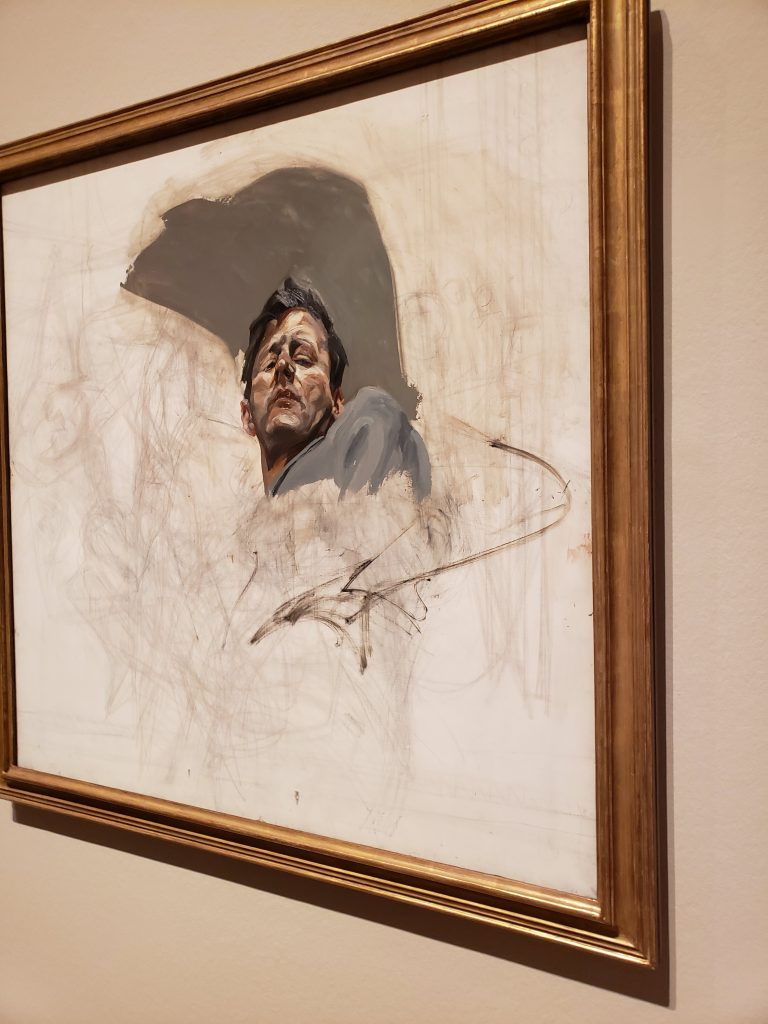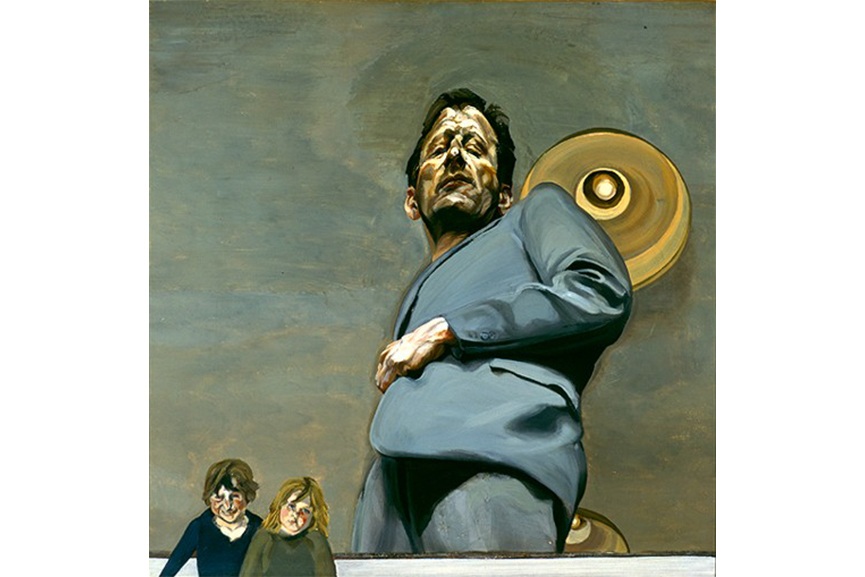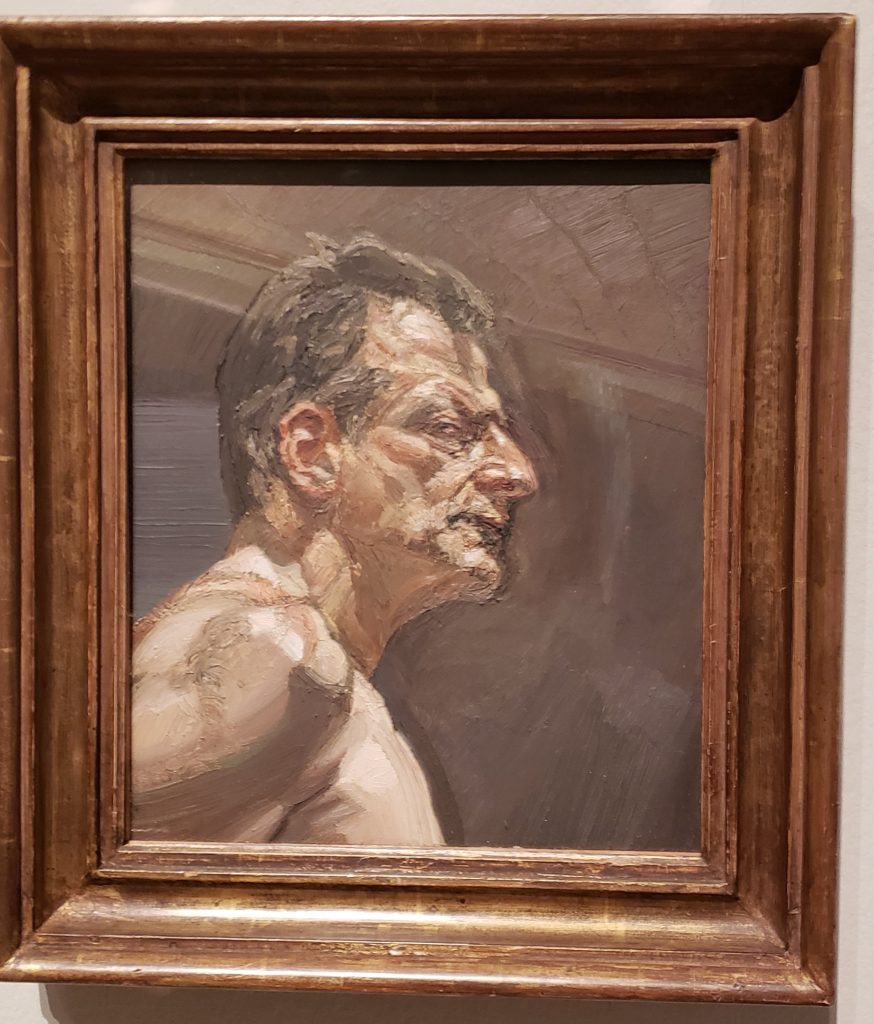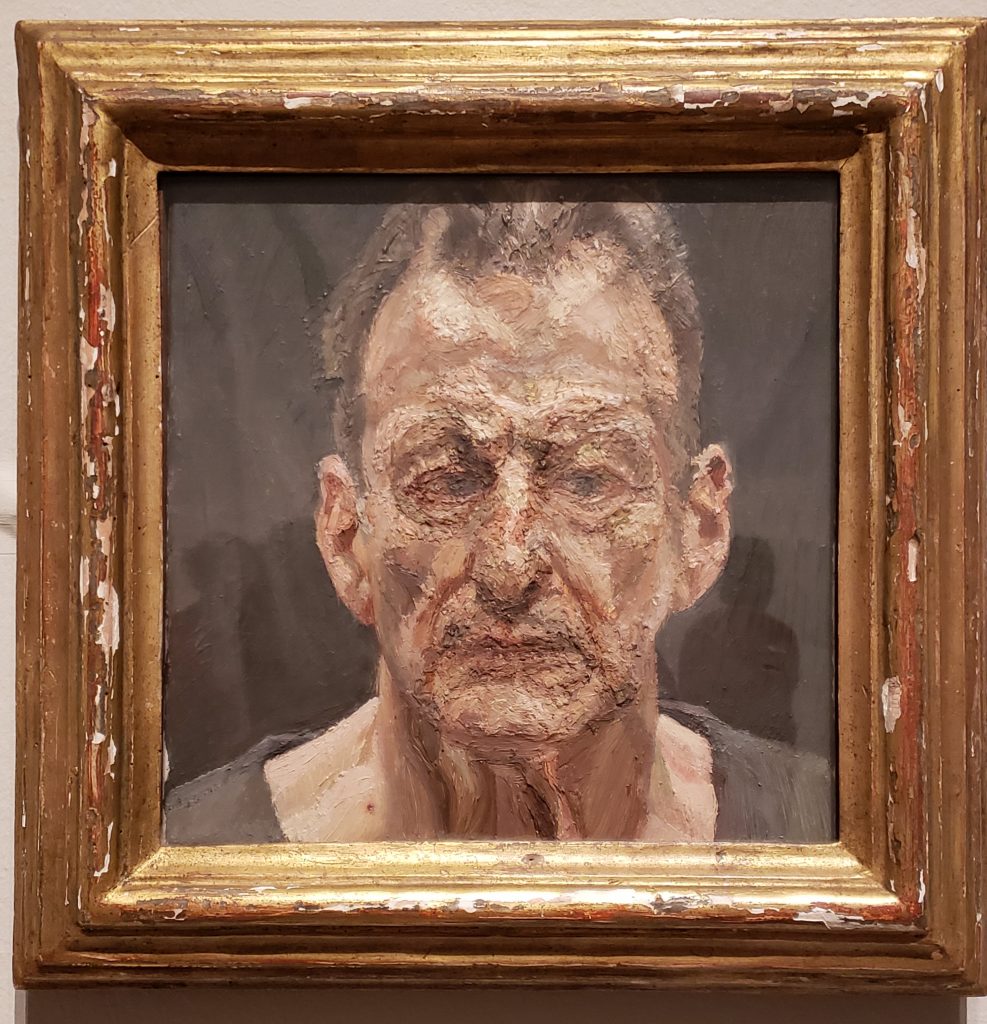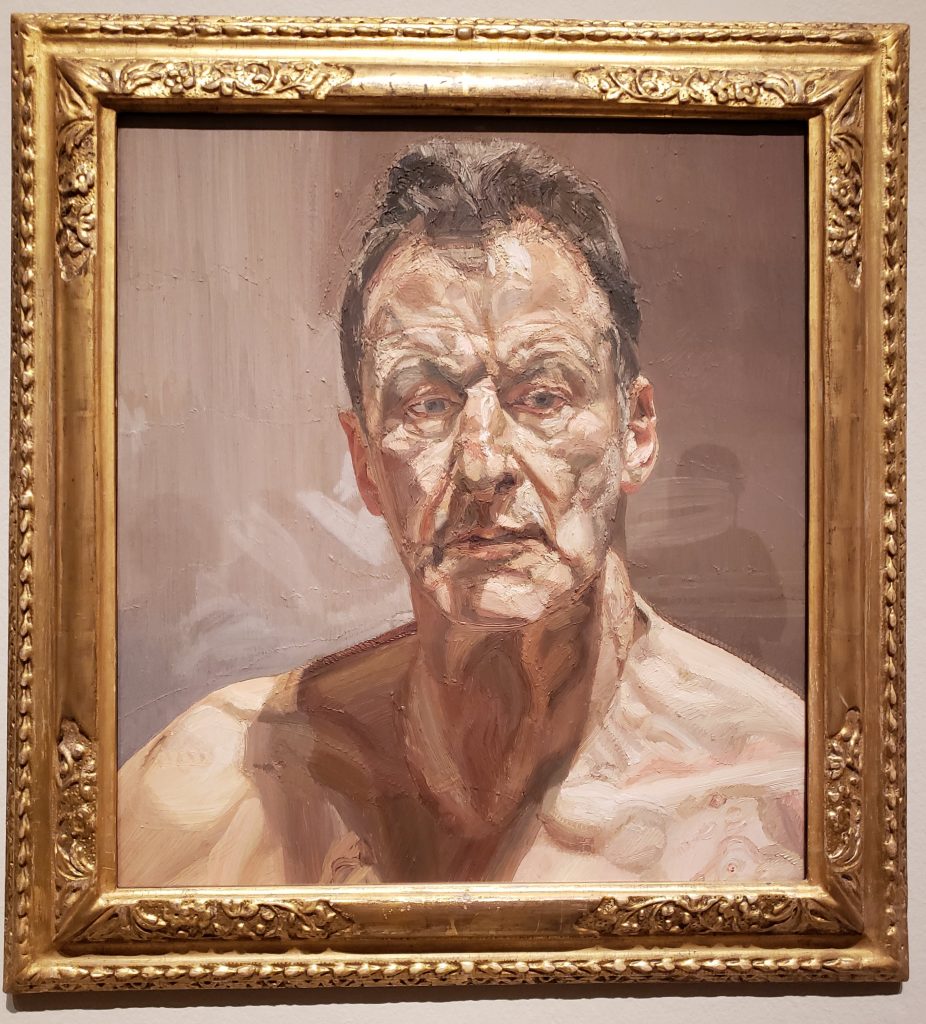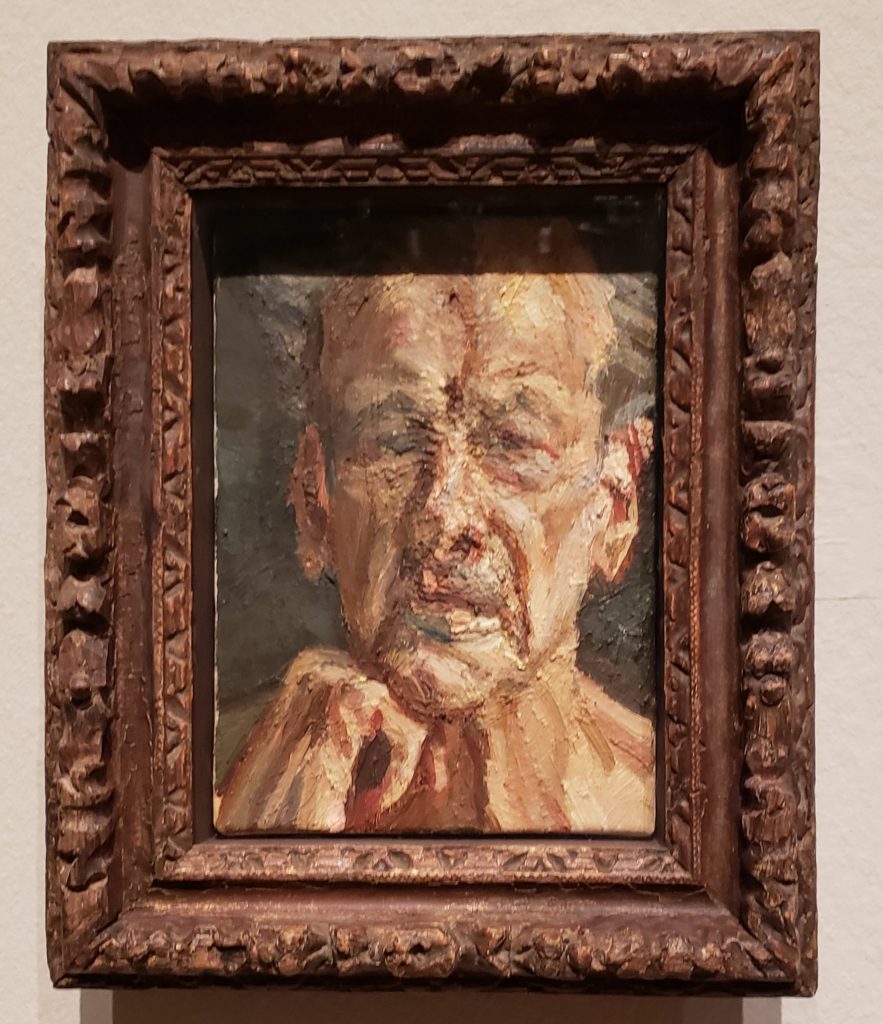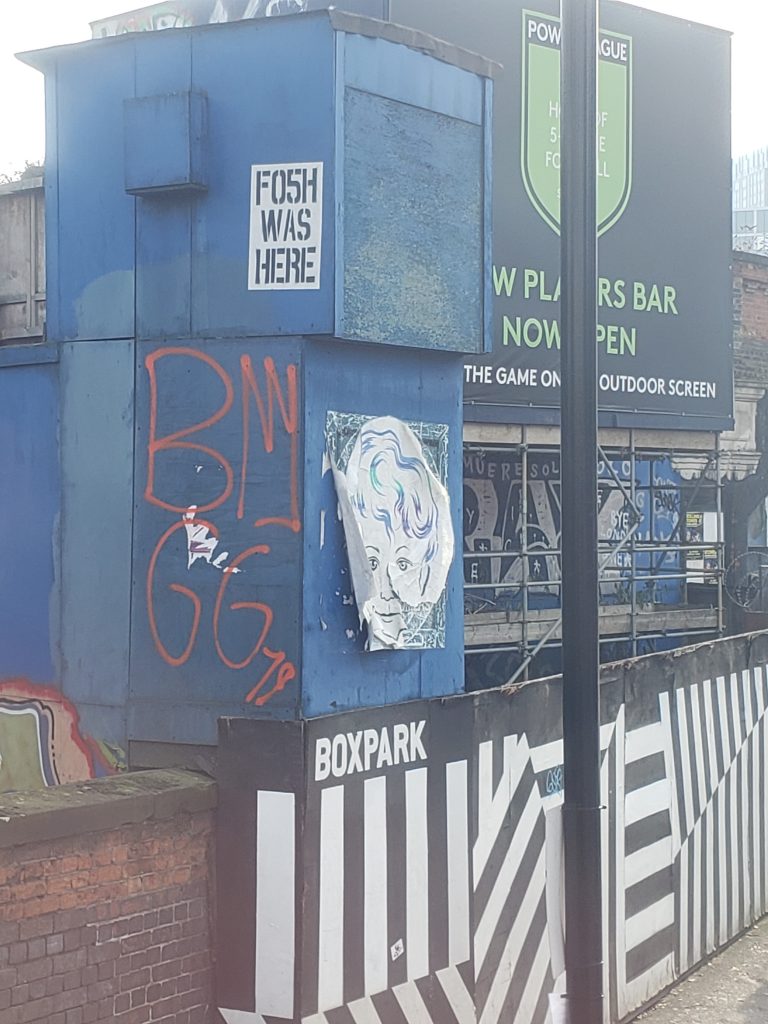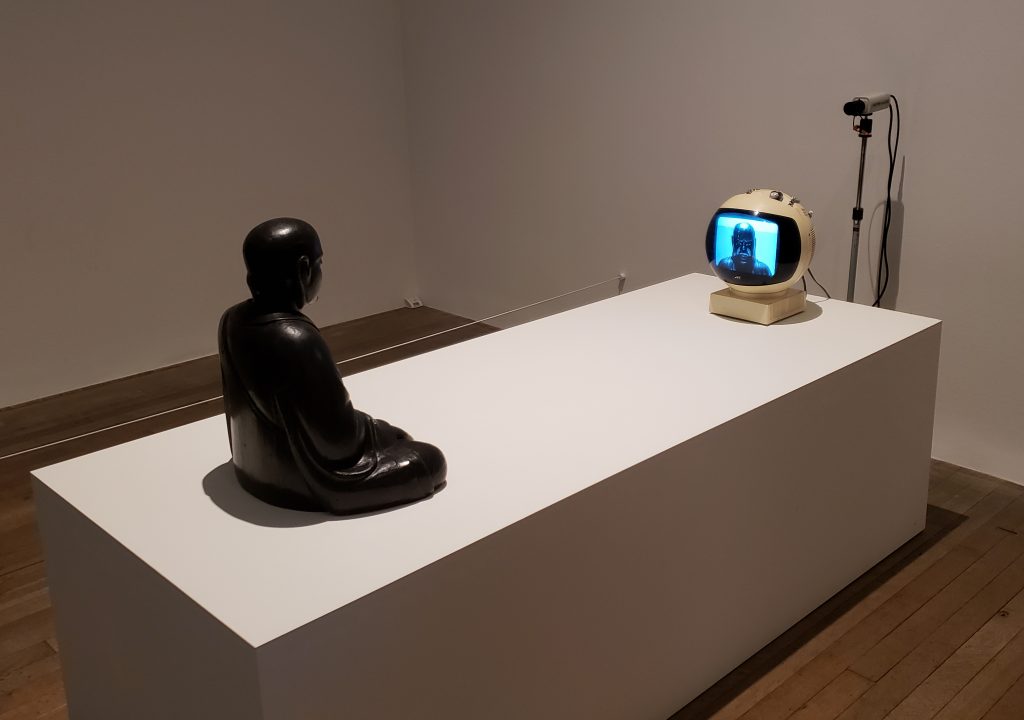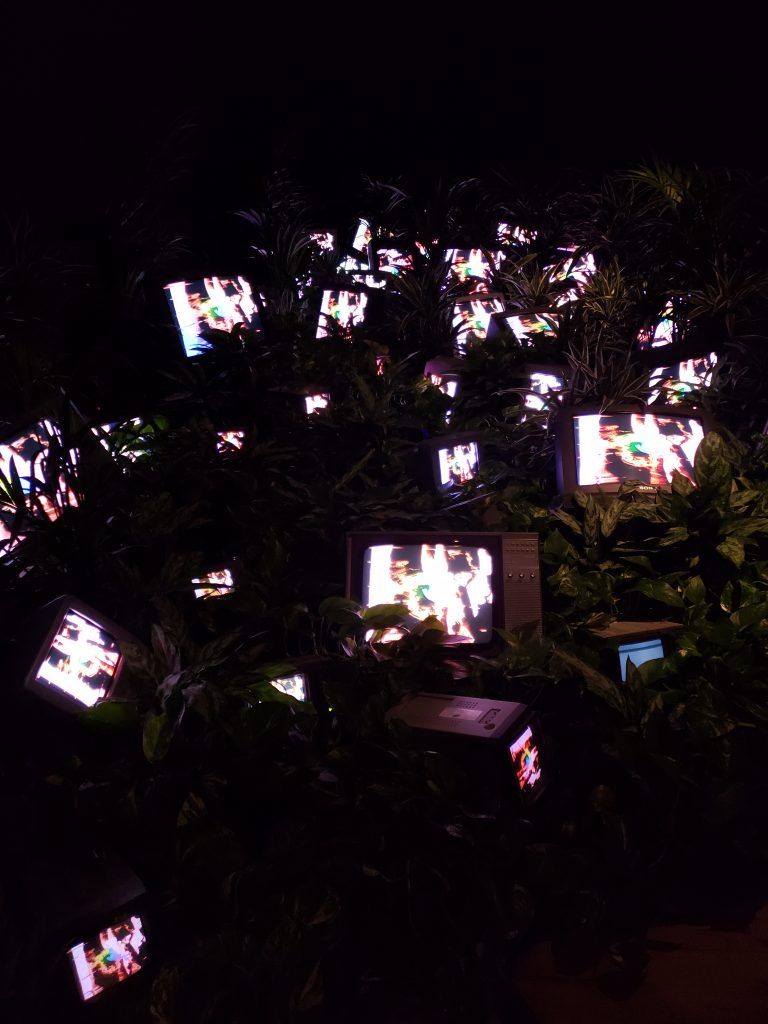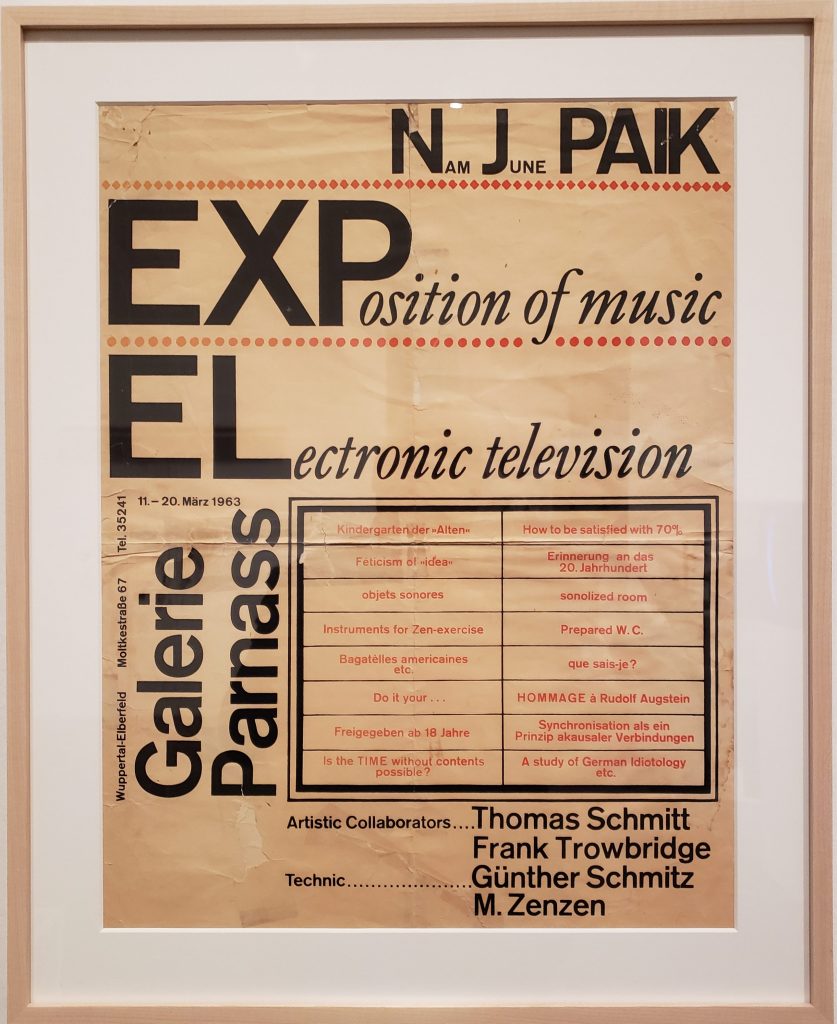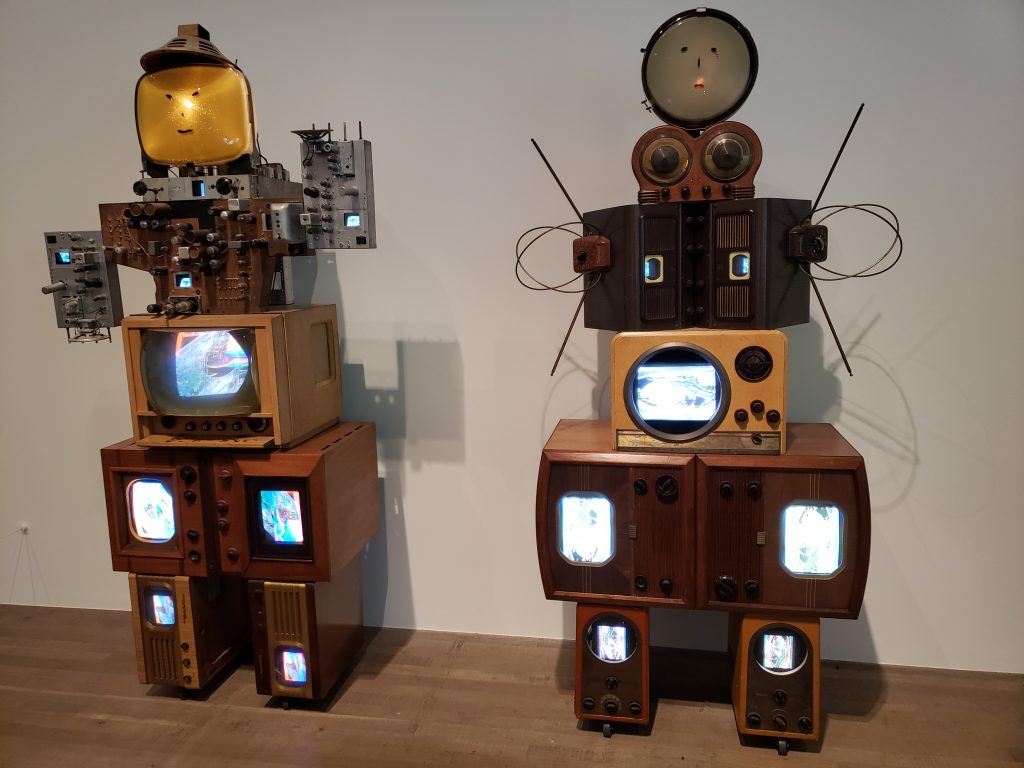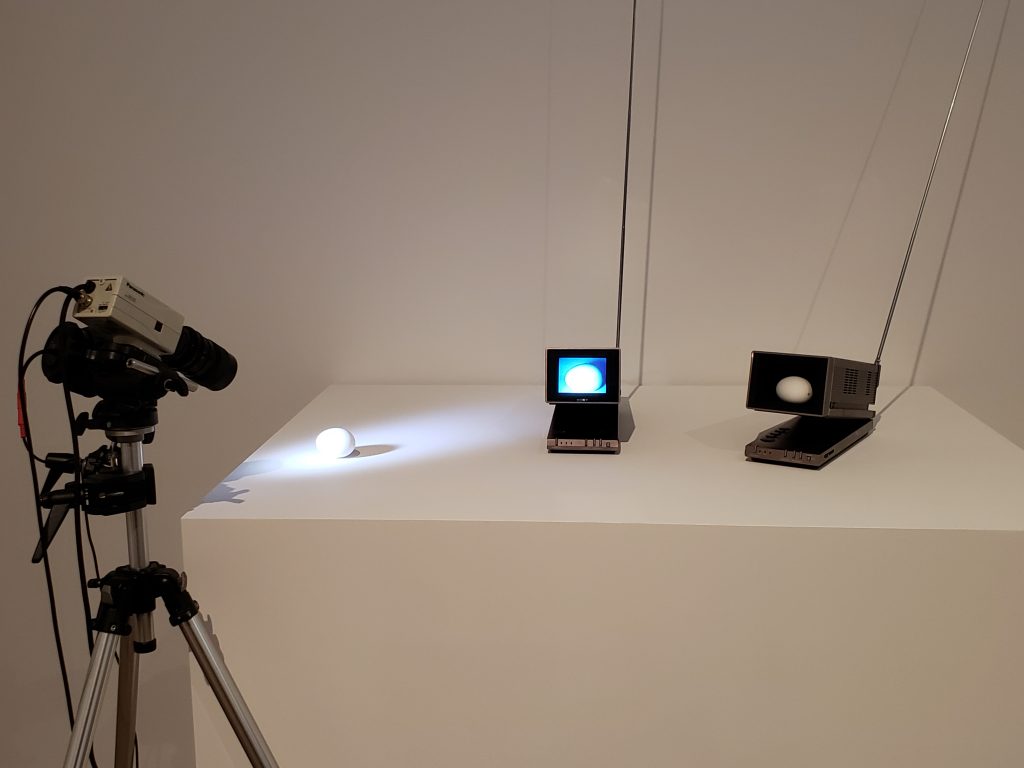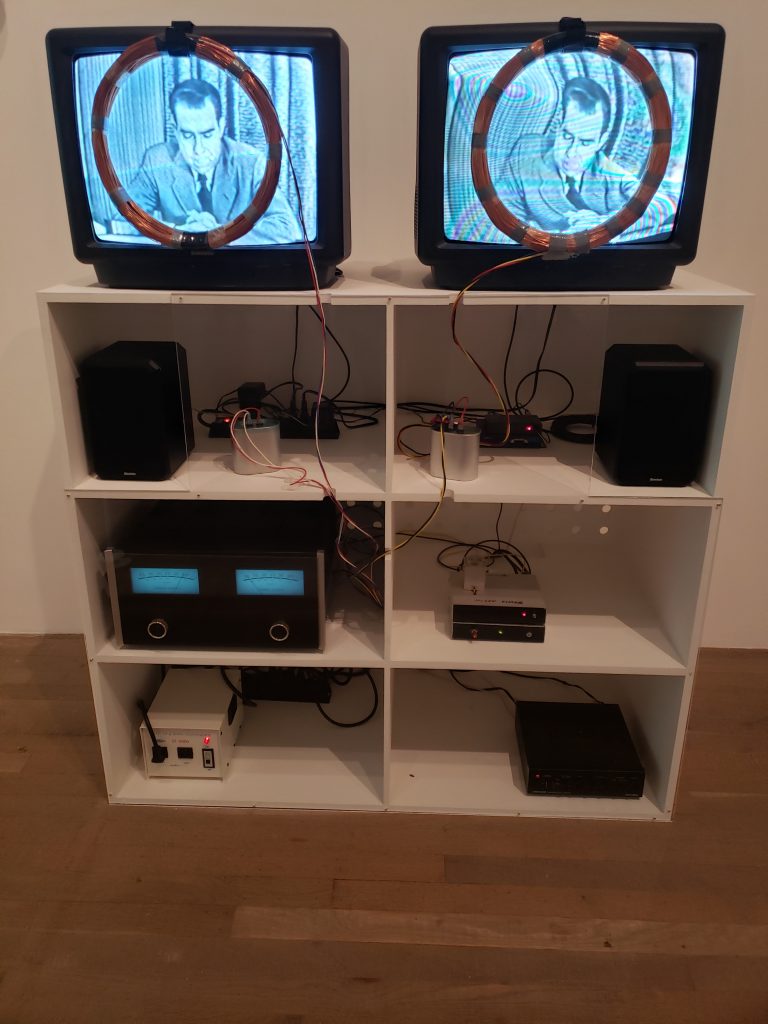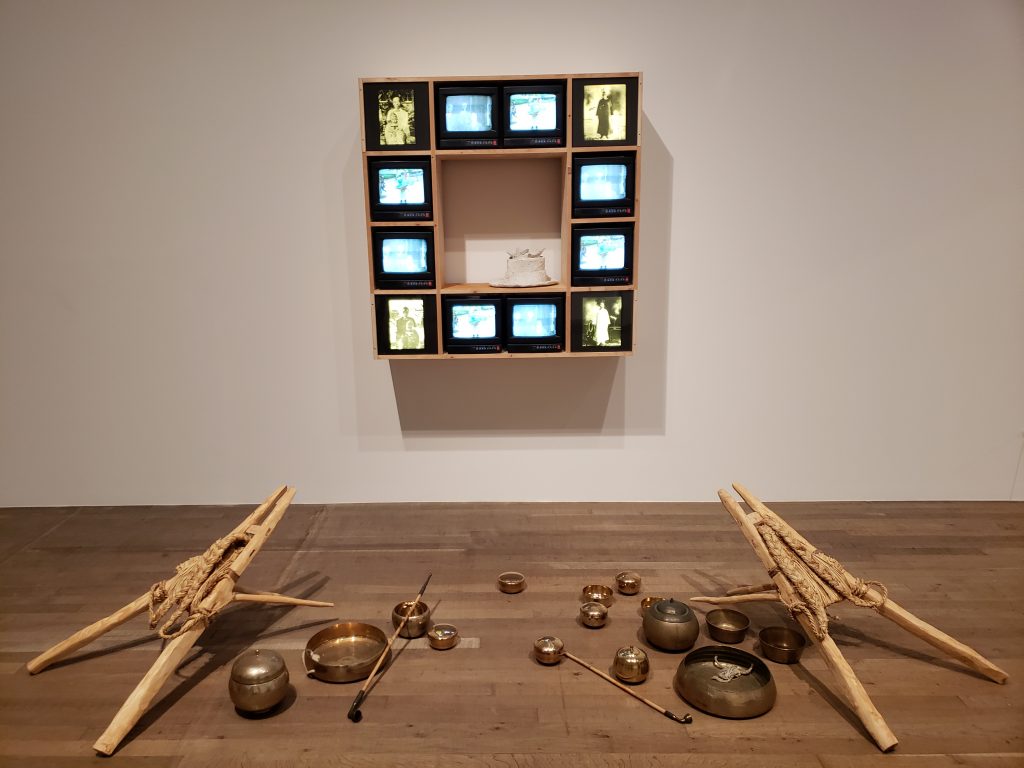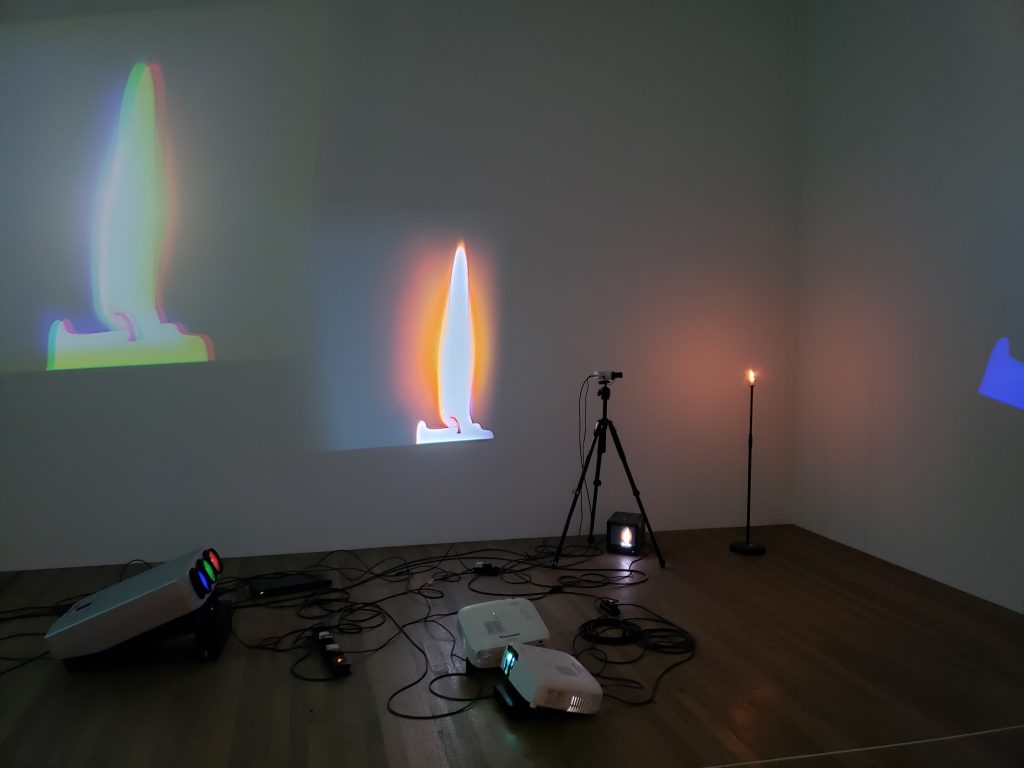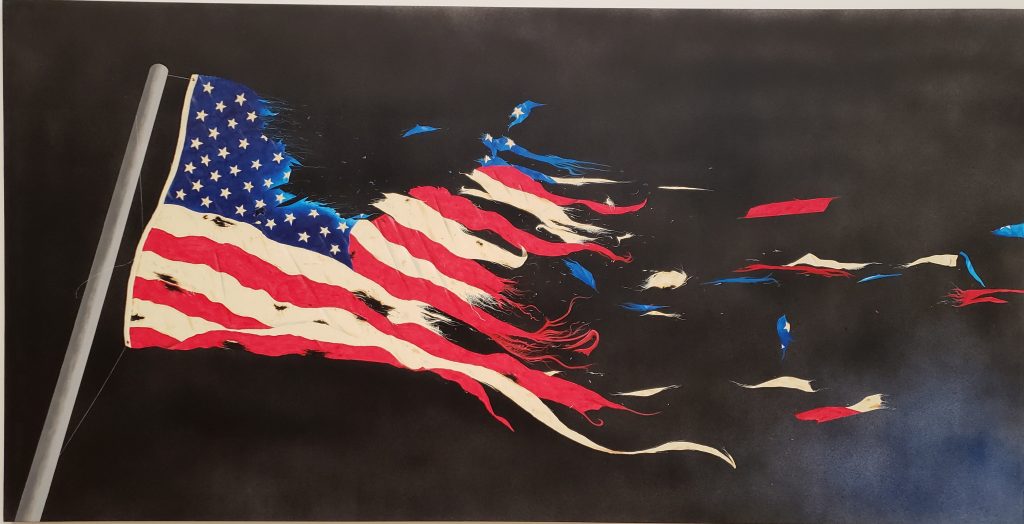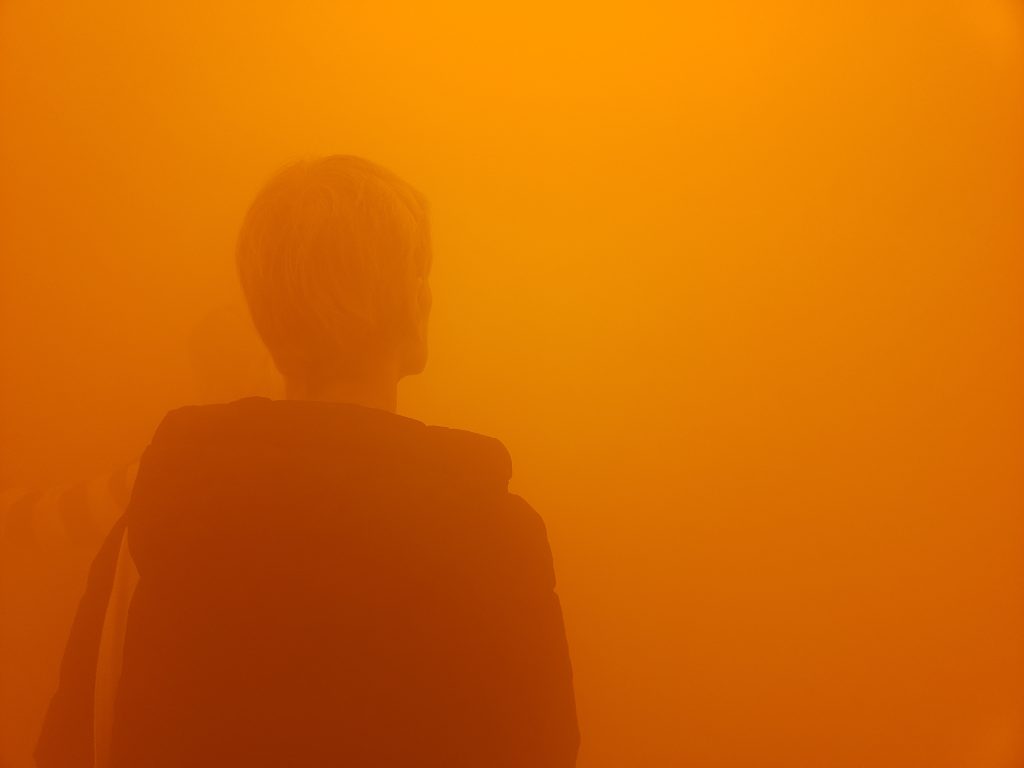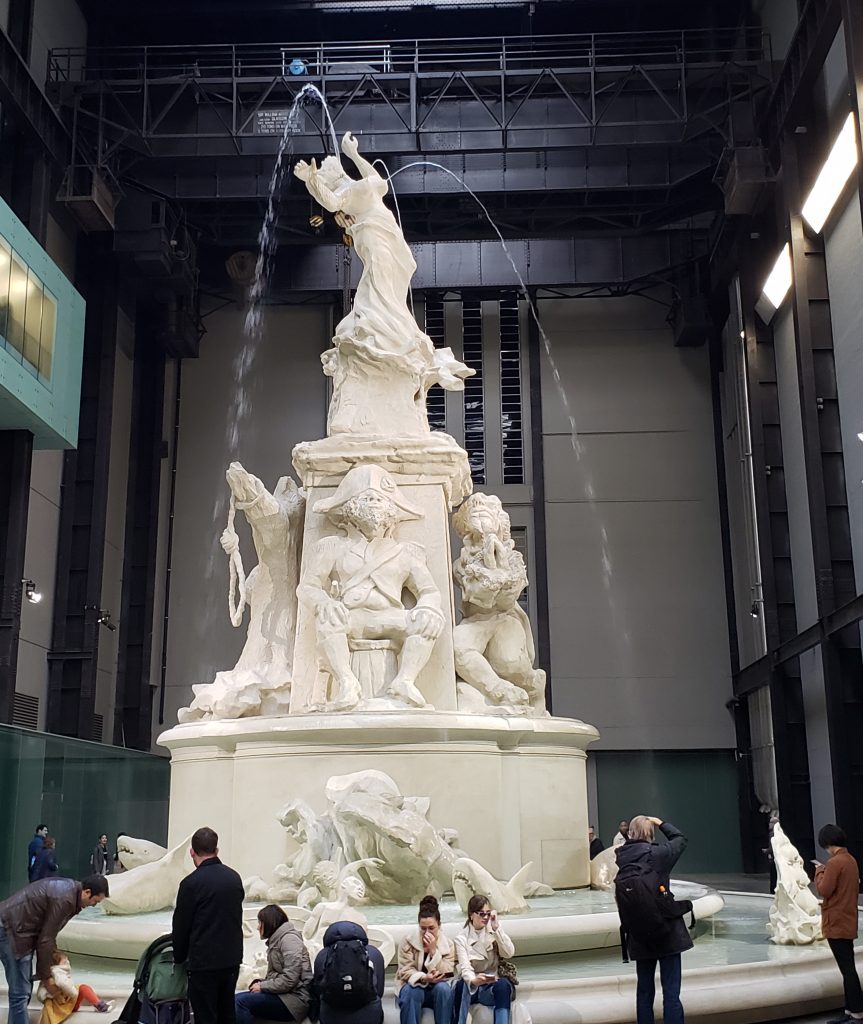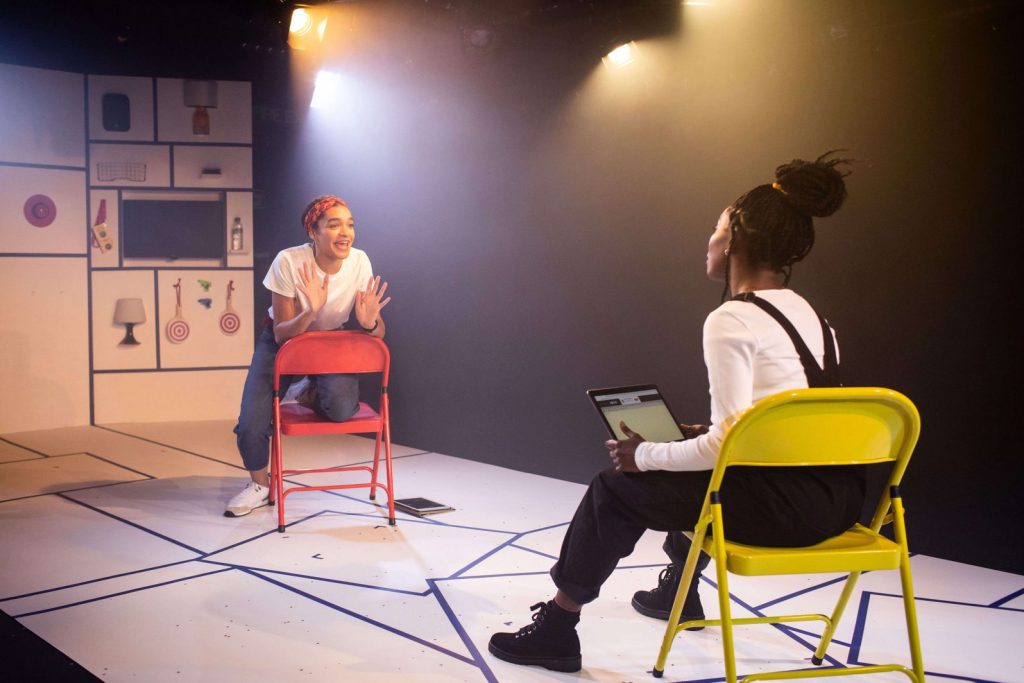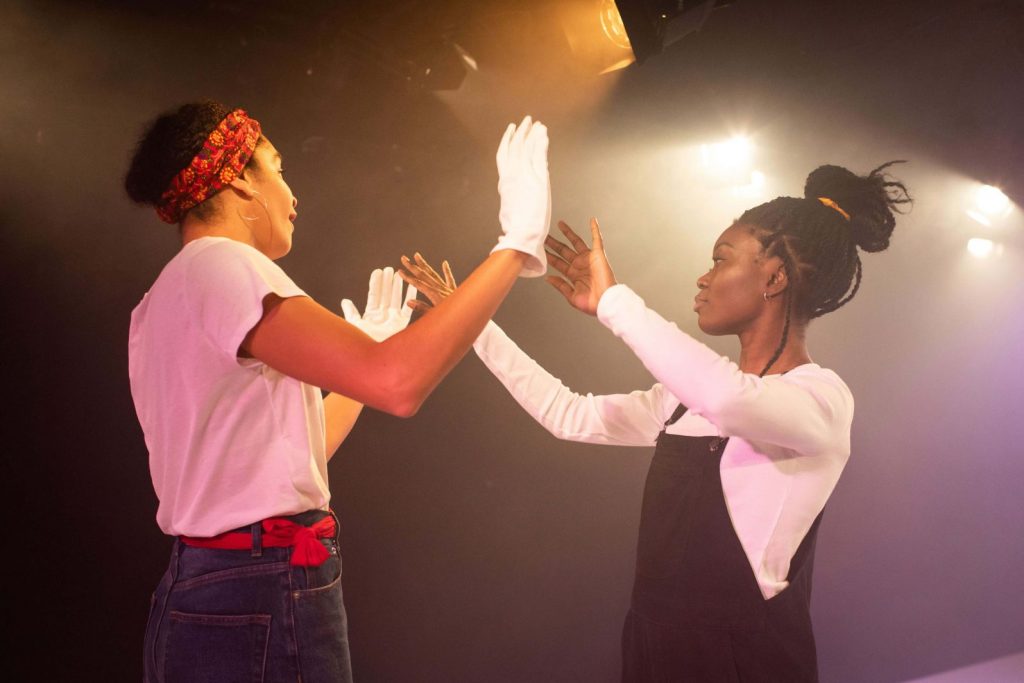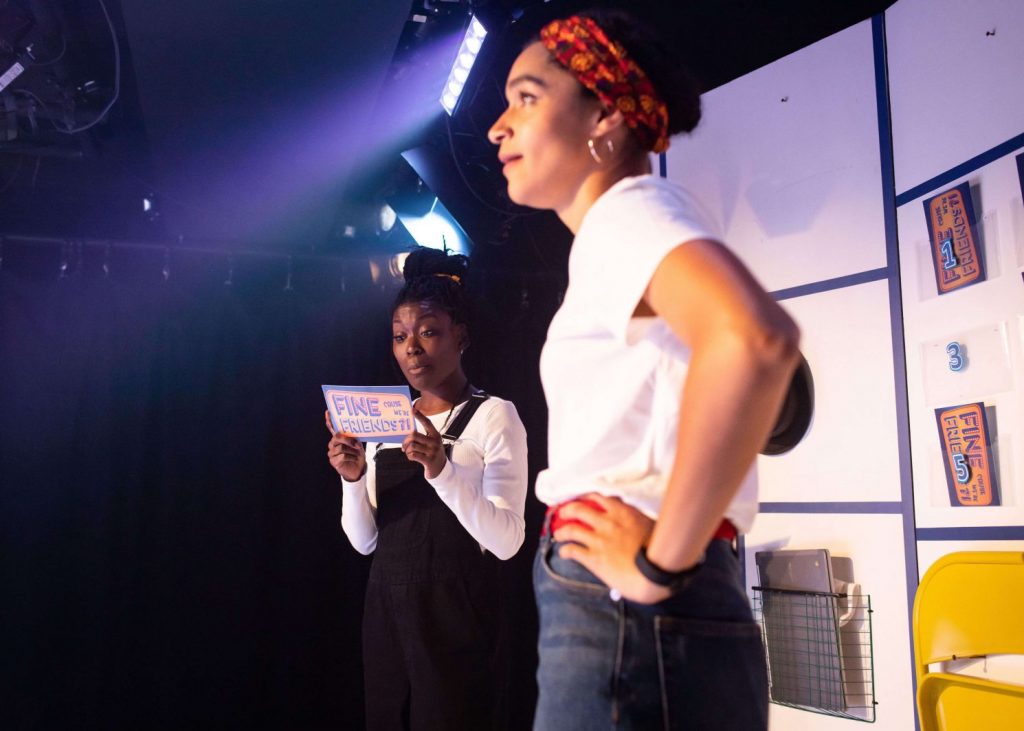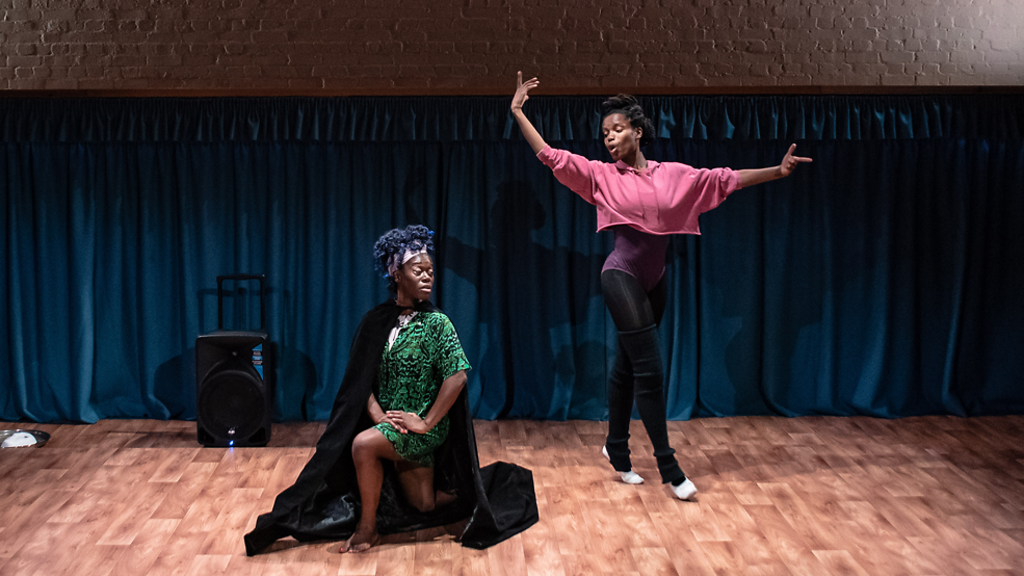The premier play by David Baddiel, just opened at Soho Theatre, leads with this blurb:
What would happen if someone was able to prove, scientifically, the existence of God?
https://sohotheatre.com/shows/gods-dice/
When Edie, a student in university lecturer Henry Brook’s physics class, seems to do exactly that, his universe – including his marriage to celebrity atheist author Virginia – is rocked.
Hmmm, okay. Buy a ticket.

The show is not bad, but plays a little fast and loose on the science end of things. Not being religious, I cannot speak to how well it treats that side. Regardless, it is a good yarn. Henry, Alan Davies, is a teacher of sub-atomic physics — quantum mechanics, relativity, string theory, etc. — and Edie, Leila Mimmack, comes up to him after a class to ask him a question about belief. She’s a Christian, a fact she leads with, brandishing an intellectual carapace to ward off what she assumes will be his scientific arrogance against believers. Her question, when she finally gets to it, has to do with why she should believe in the wild assumptions of quantum mechanics rather than the mythology of her religion.
What ensues, then, is a bizarre bit of maths, in which Henry seeks to prove that it would take 2.5 joules of energy for Jesus to produce 100 litres of wine from water. This is a great deal of silliness, in that the entire calculation is based on the assumption that all that wine is is water with some small percentage of alcohol (it’s all chemistry — how much carbon, oxygen, hydrogen) and there’s no mention of tannin or flavour or anything else. This is a thought experiment gone haywire.
But, and this is the real stretch, this demonstration of using maths to prove that a biblical “miracle” might have happened, is enough to launch Henry and Edie into writing a book, God’s Dice, full of such wild calculations and “proofs.” Meanwhile, Henry’s wife Virginia, Alexandra Gilbreath, is a world renowned Atheist, and author of five books skewering religion. While she tries to be supportive of Henry, she is suspicious of Edie’s motives, and can’t help mocking this endeavour.
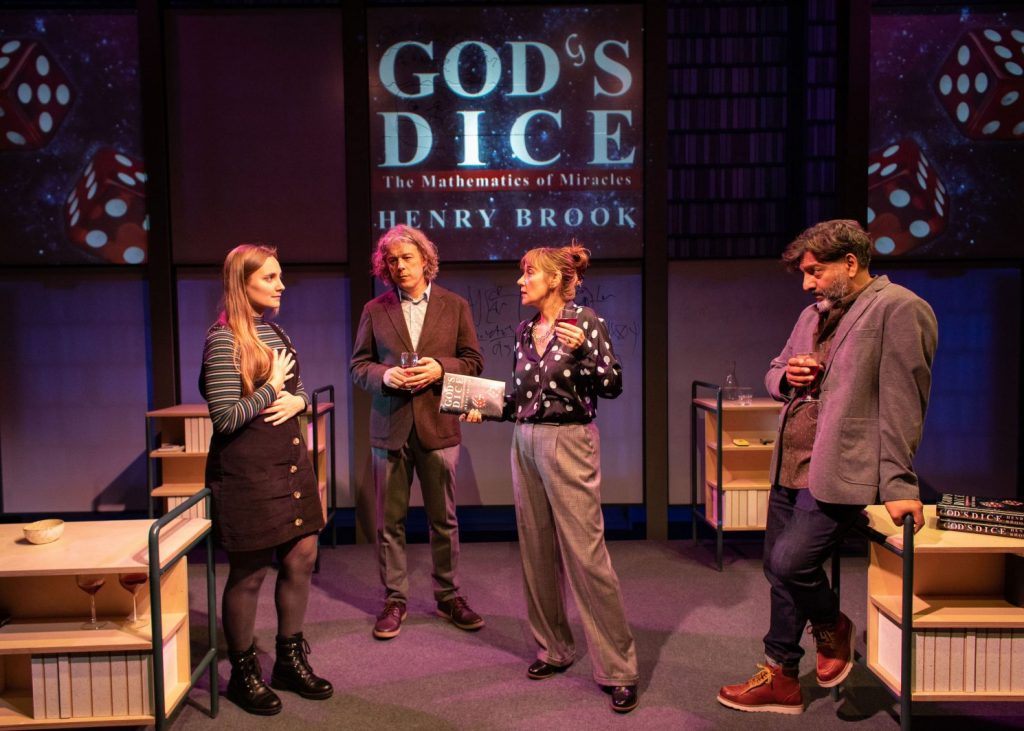
Ultimately, the book gets published, and during interval a counter on the backdrop shows us how many “followers” it’s gaining on social media. You see, a new religious movement is forming around this book, a “new” religion freed from the old ways, or so we’re told, by Edie, as she takes the helm of this new faith. She insists it isn’t a cult, by the way.
Okay, so Pawn you might be thinking, Why were you even at this show when you seem incredulous of so much of the plot? Well, you know what? It’s a really good play! The script, while venturing into wild misapplications of both science and theology, is well written and compelling. The acting is first rate, especially Alan Davies as Henry and Alexandra Gilbreath as Virginia. Her role has the widest range, as she must swoop from extreme top-of-her-game self confidence (with no small measure of arrogance) to the slouching in a sweatshirt, swilling wine, fearing social media attacks, losing hold of her marriage, professional life collapsing, being heckled during TED Talks reality of the second act. Gilbreath pulls this off with aplomb. Her performance is at once sympathetic and gripping, which is surprising since, at the top of Act I, we didn’t much like her.
The set, by Lucy Osborne, is a marvel of simplicity and effective as hell. What start out as multi-panel white boards, which slide up and down like sash windows, serve as projection surfaces and screens. They are used to great effect through out the show, being played upon by Ric Mountjoy’s able lighting and Ash Woodward’s video.
God’s Dice plays through 30 November 2019 at Soho Theatre, 21 Dean St., Soho. email box1@sohotheatre.com, or call 0207 478 0100

